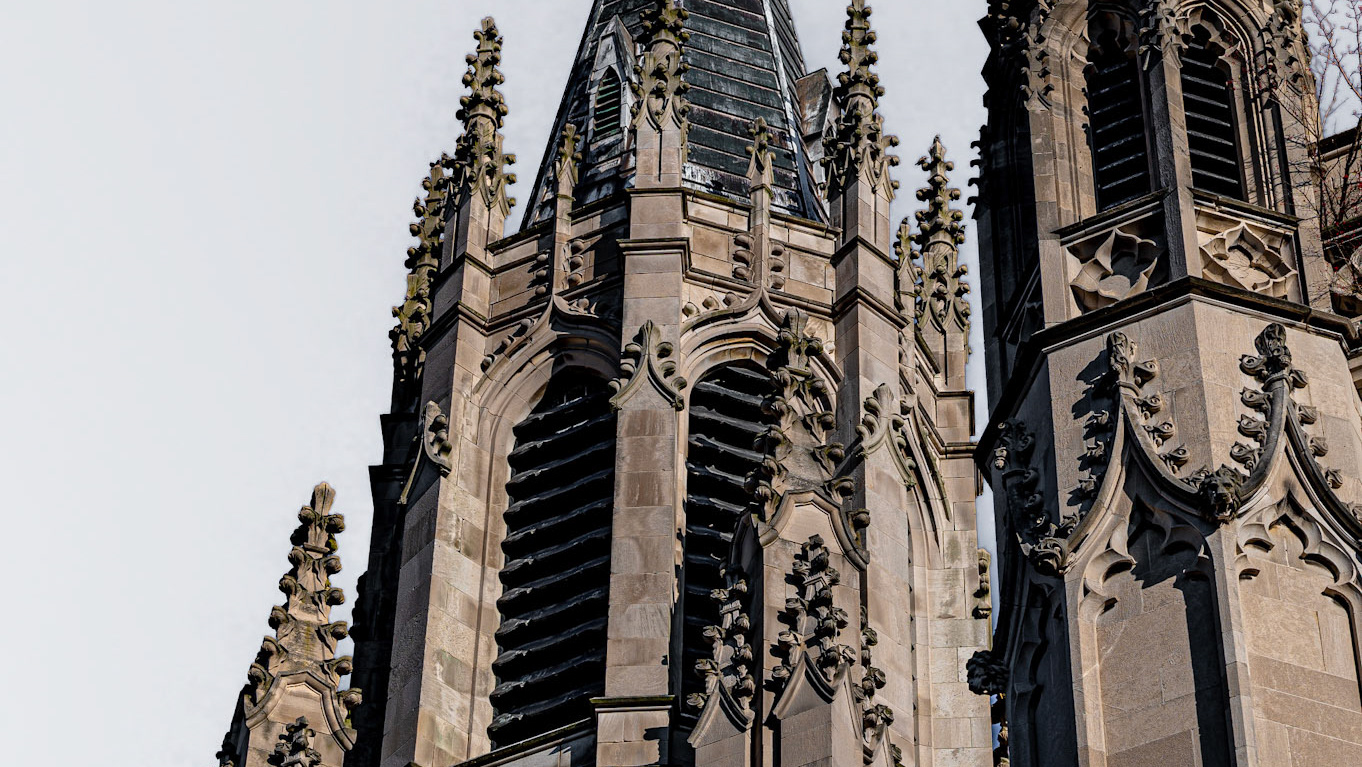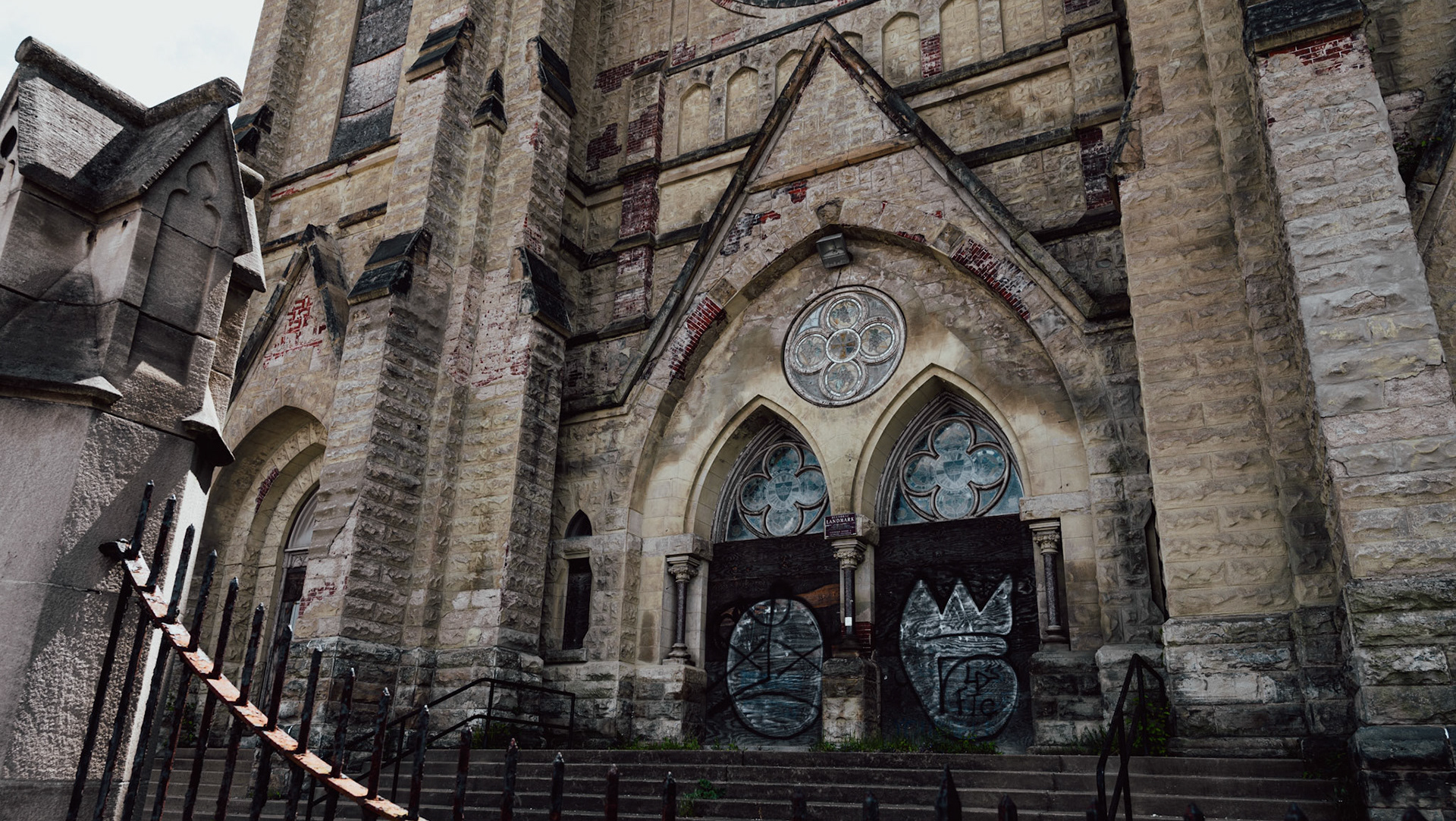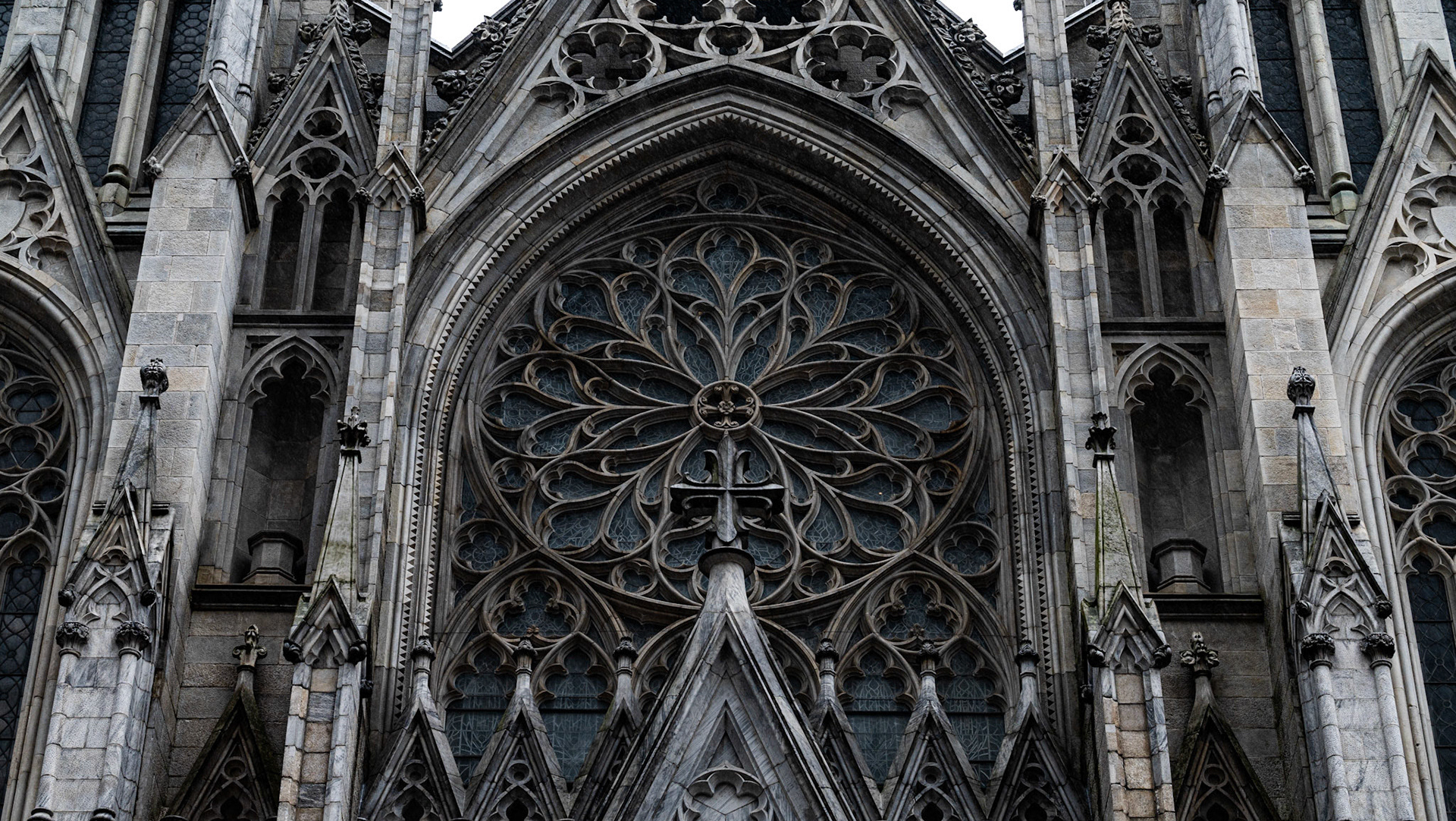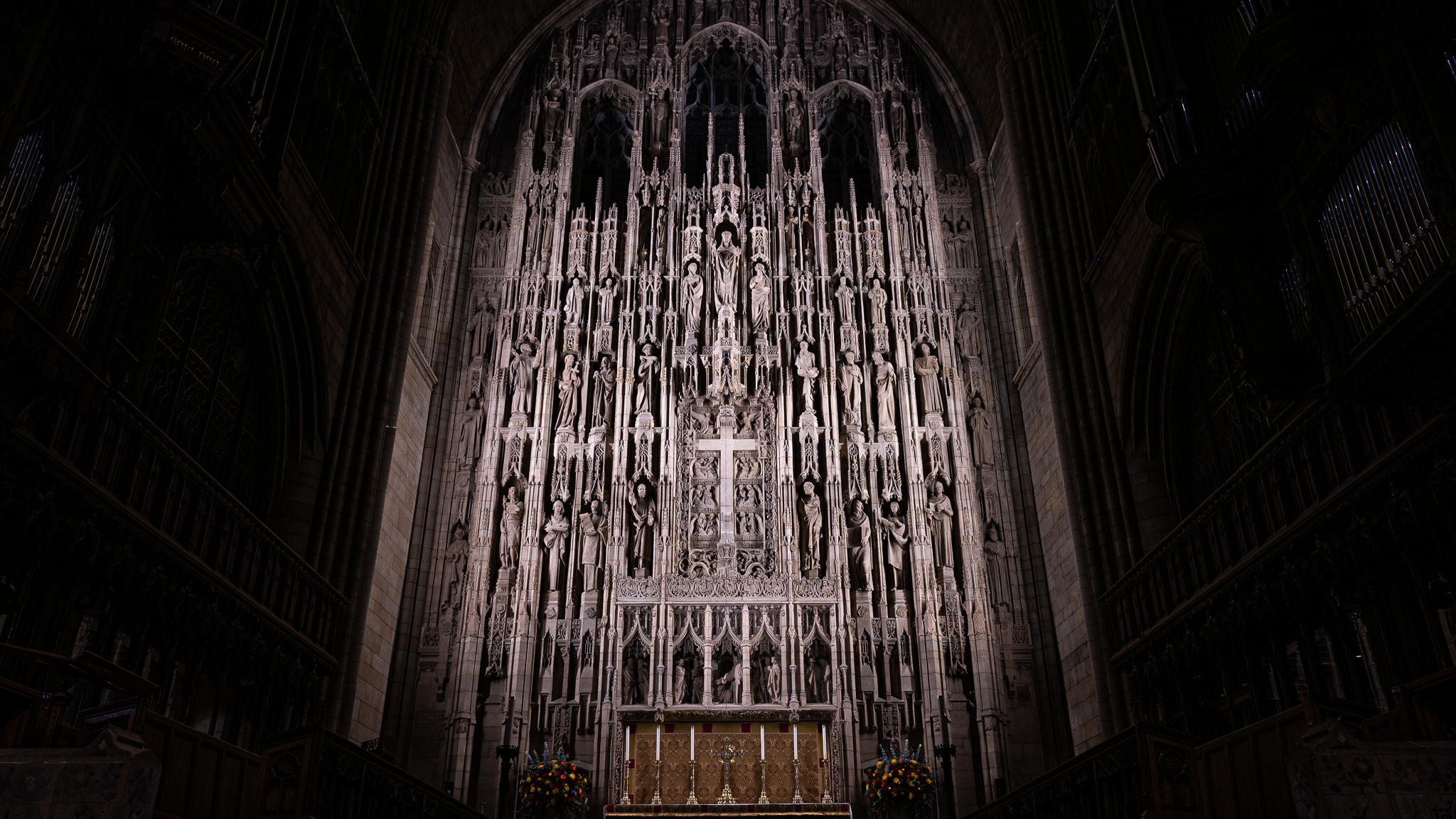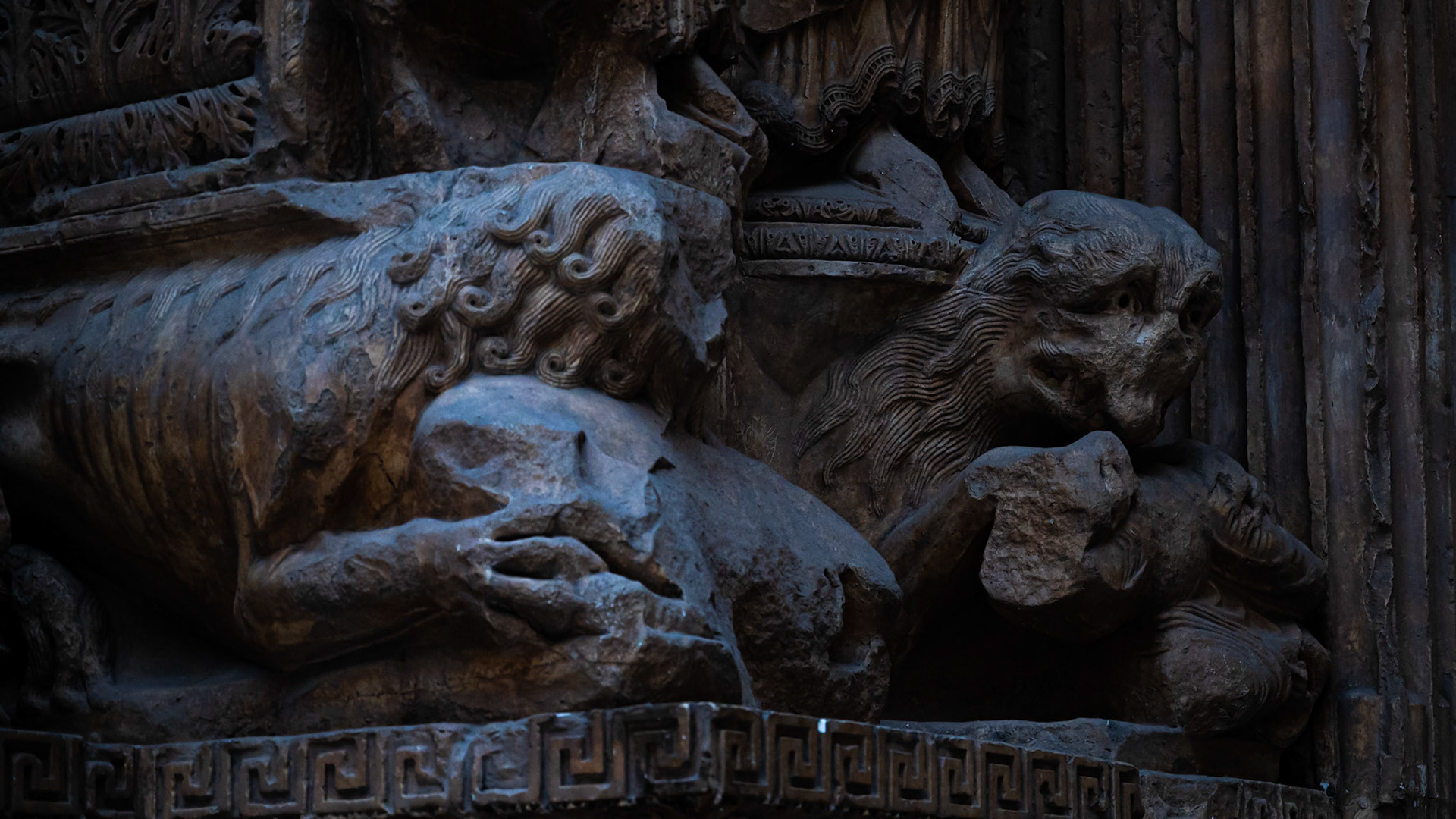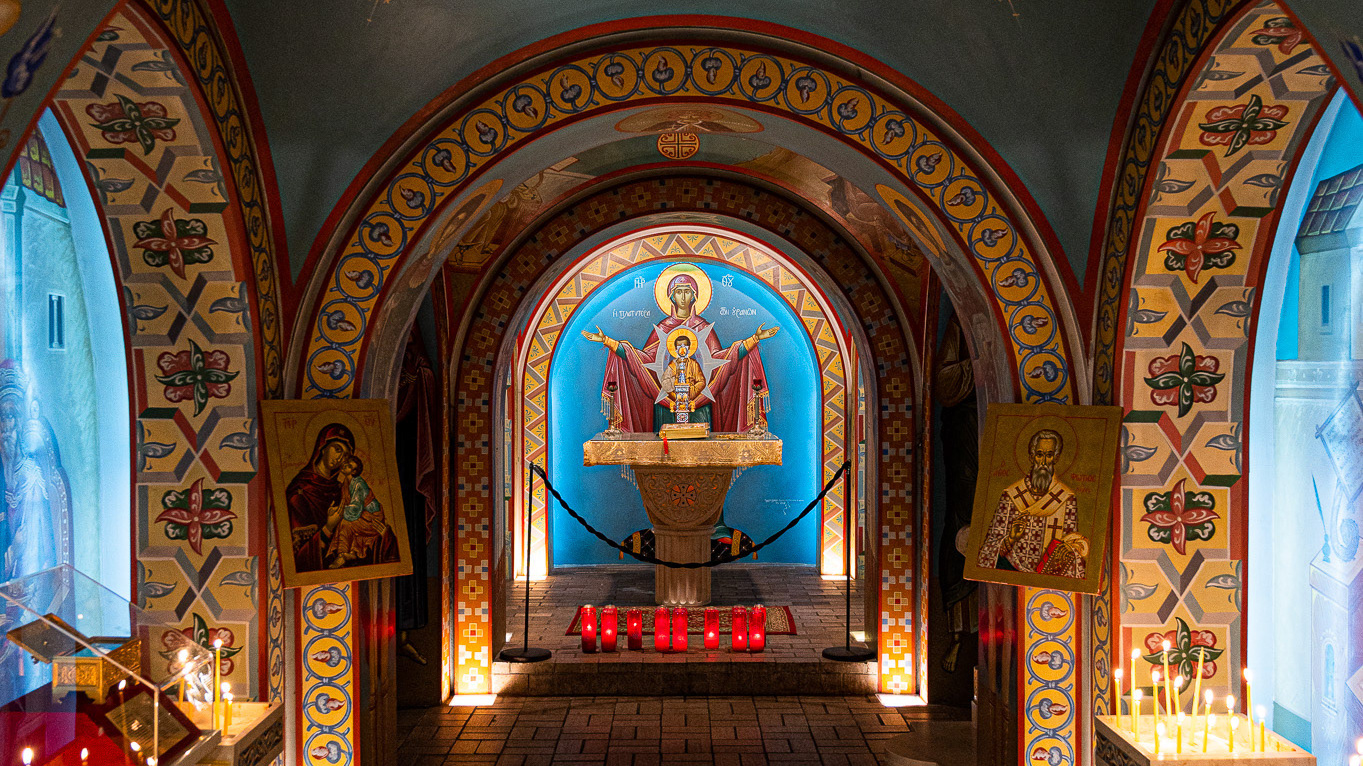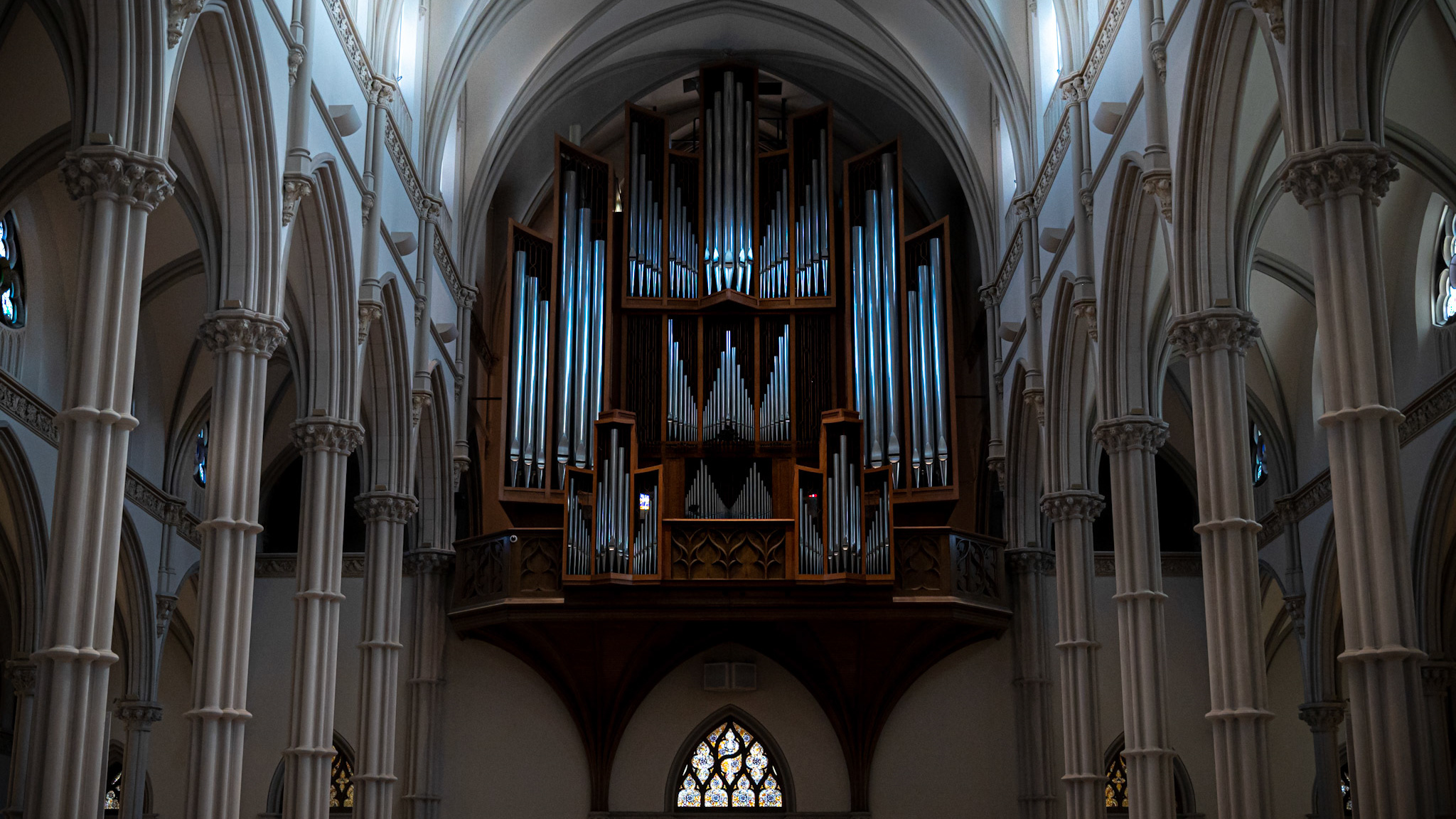St Michael’s Episcopal Church was built by Robert W. Gibson in 1890-91 in Romanesque Revival style, with Byzantine influences. The church is well known for its seven Tiffany lancet windows in the apse. In 1895, Louis Comfort Tiffany was commissioned to design the windows, as well as a white marble altar, reredos, credence, altar rail, pulpit and other apse decorations. By 1920, Tiffany completed the decorations in the chapel of the angels including two more stained glass windows, the large mosaic behind the altar, columns, and lamps.
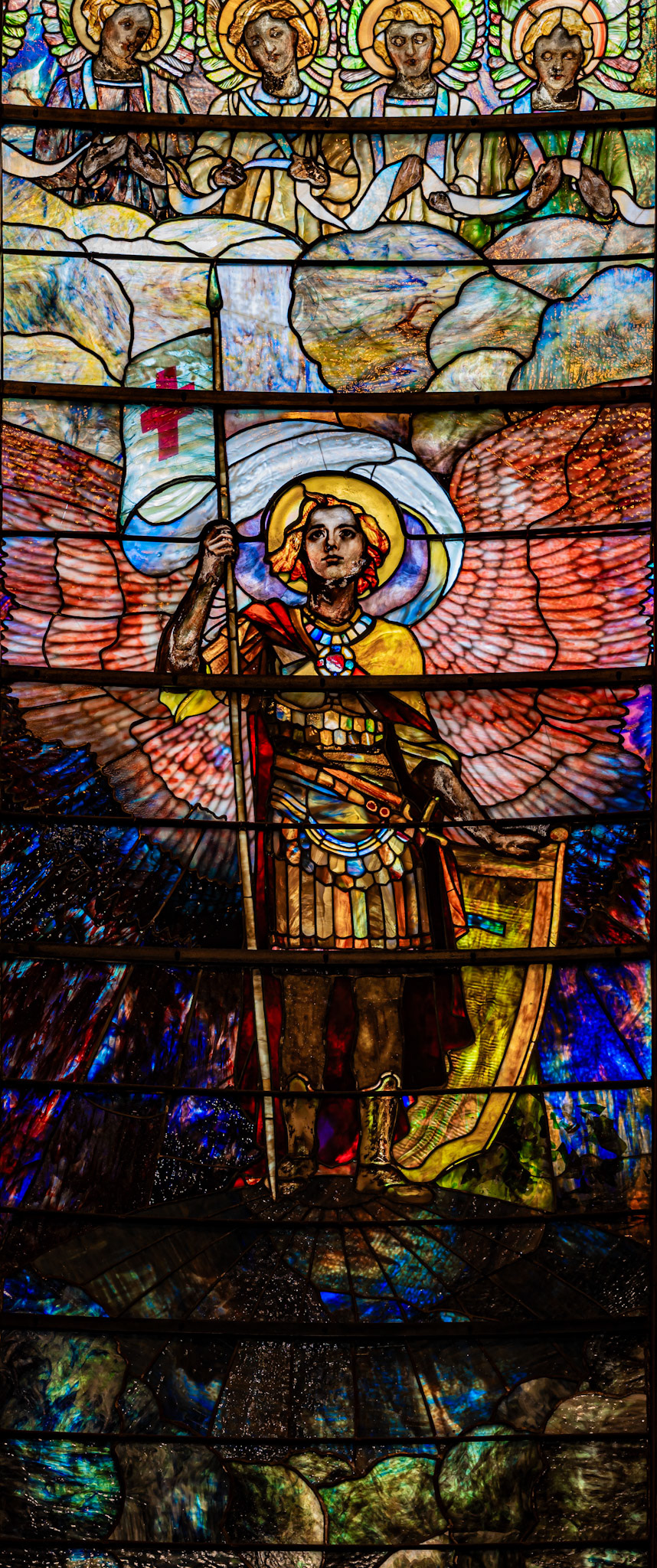
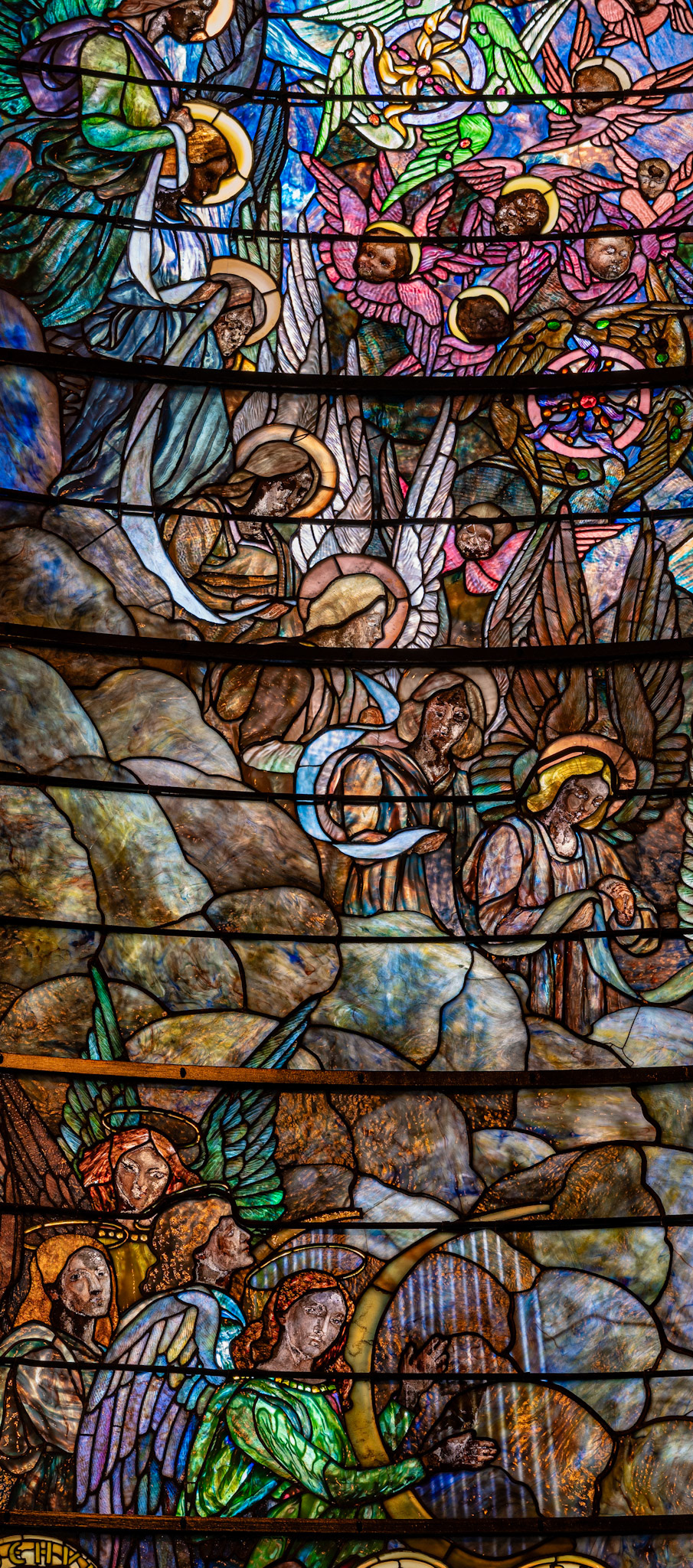
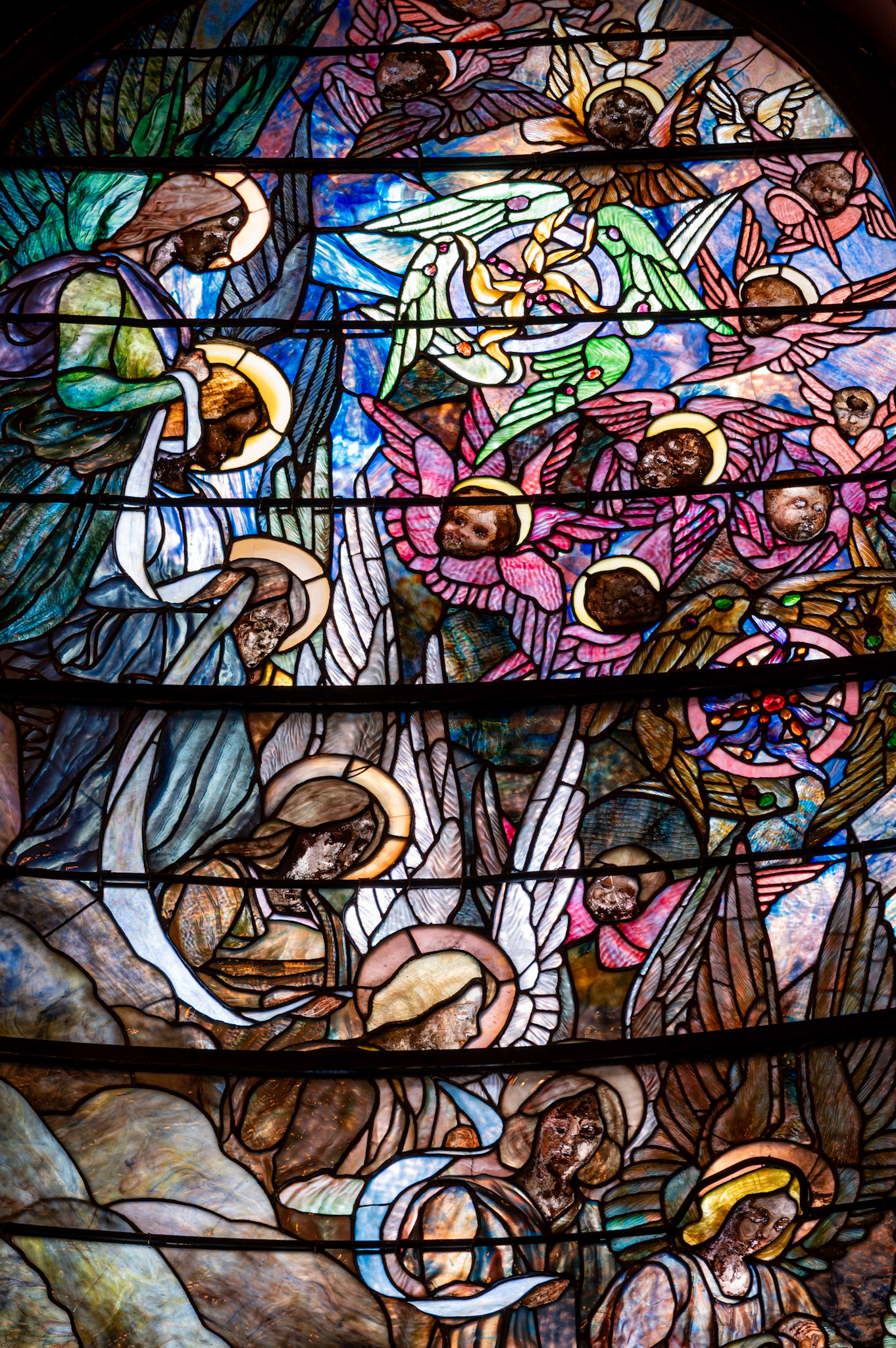
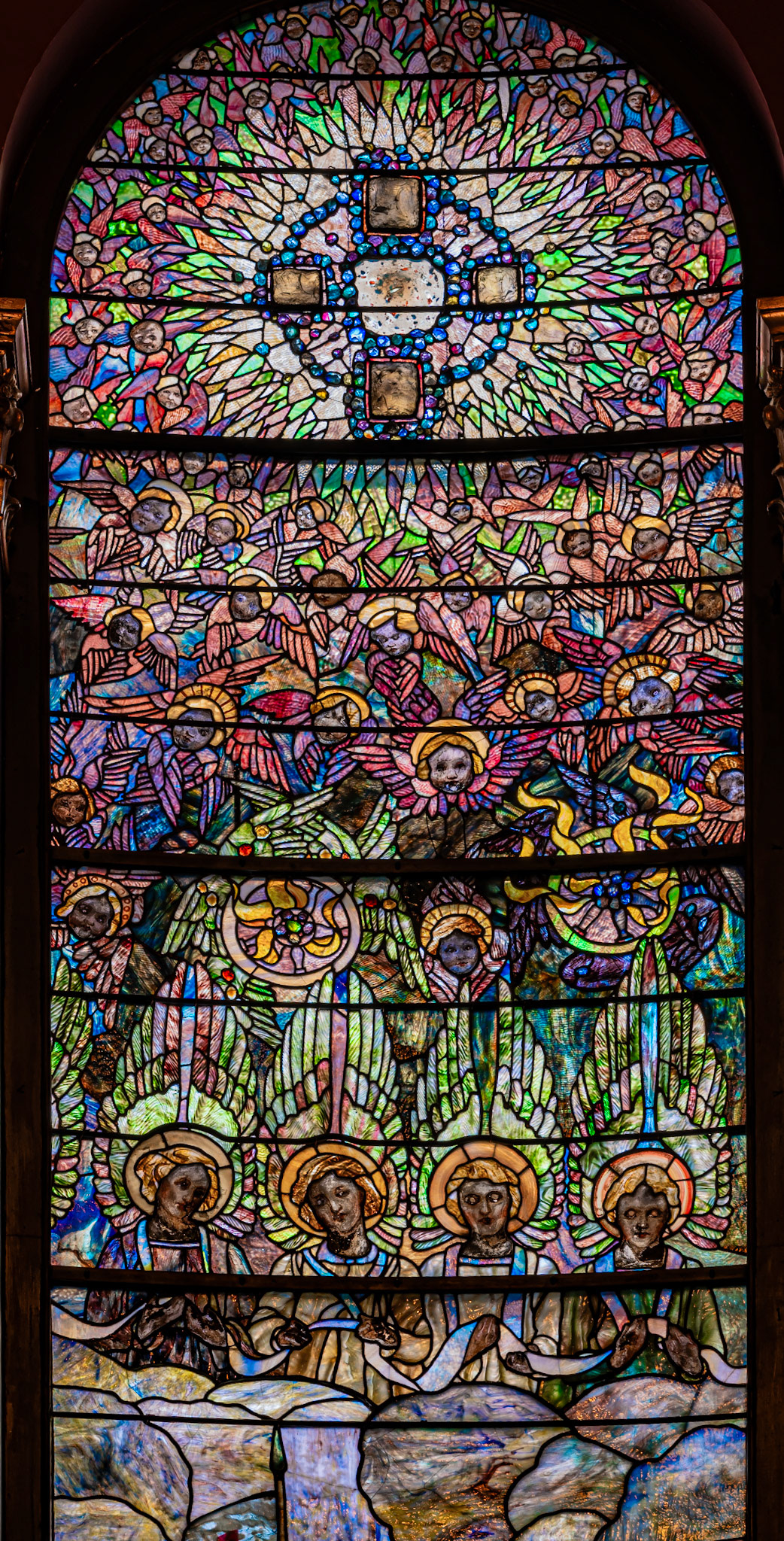
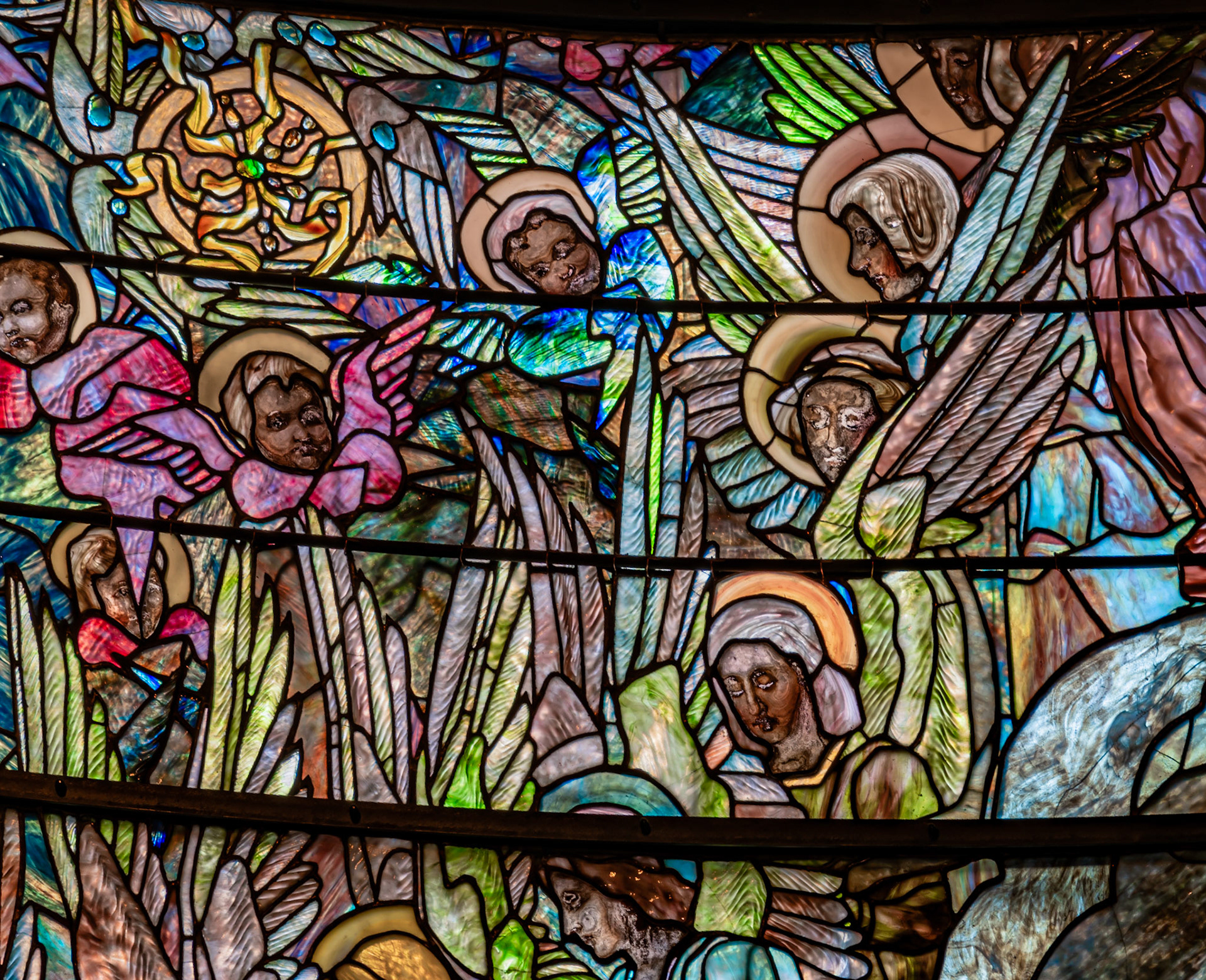

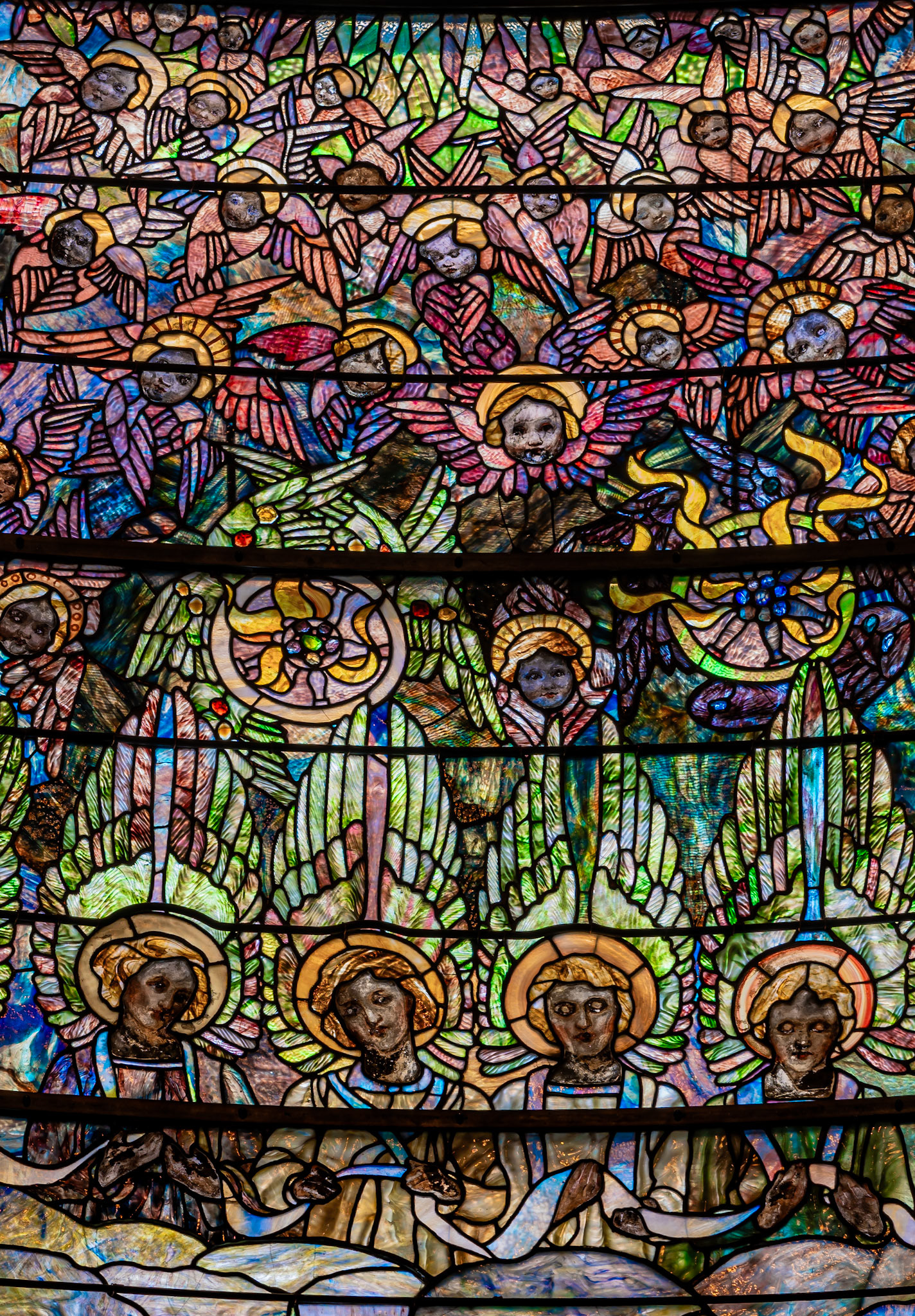
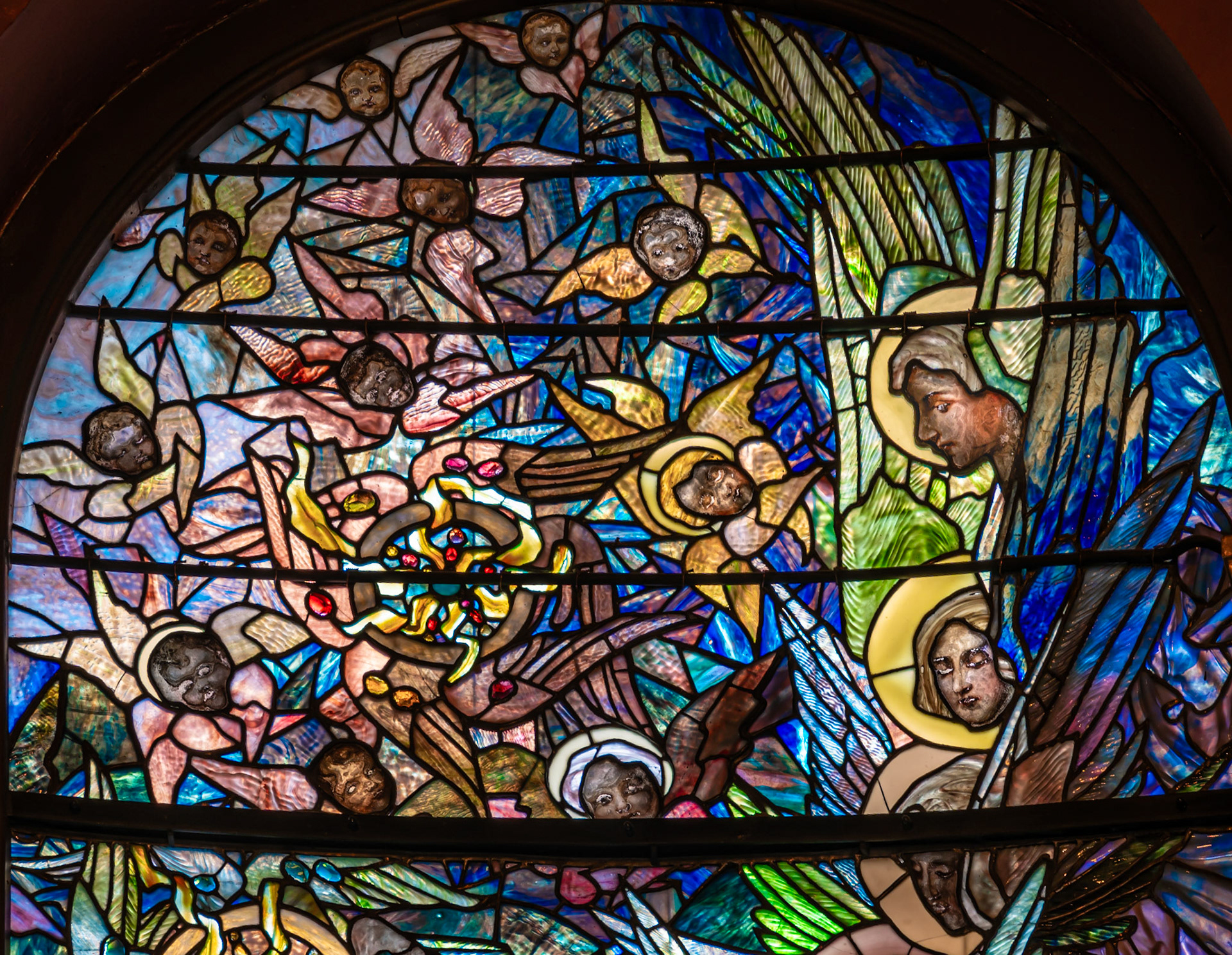

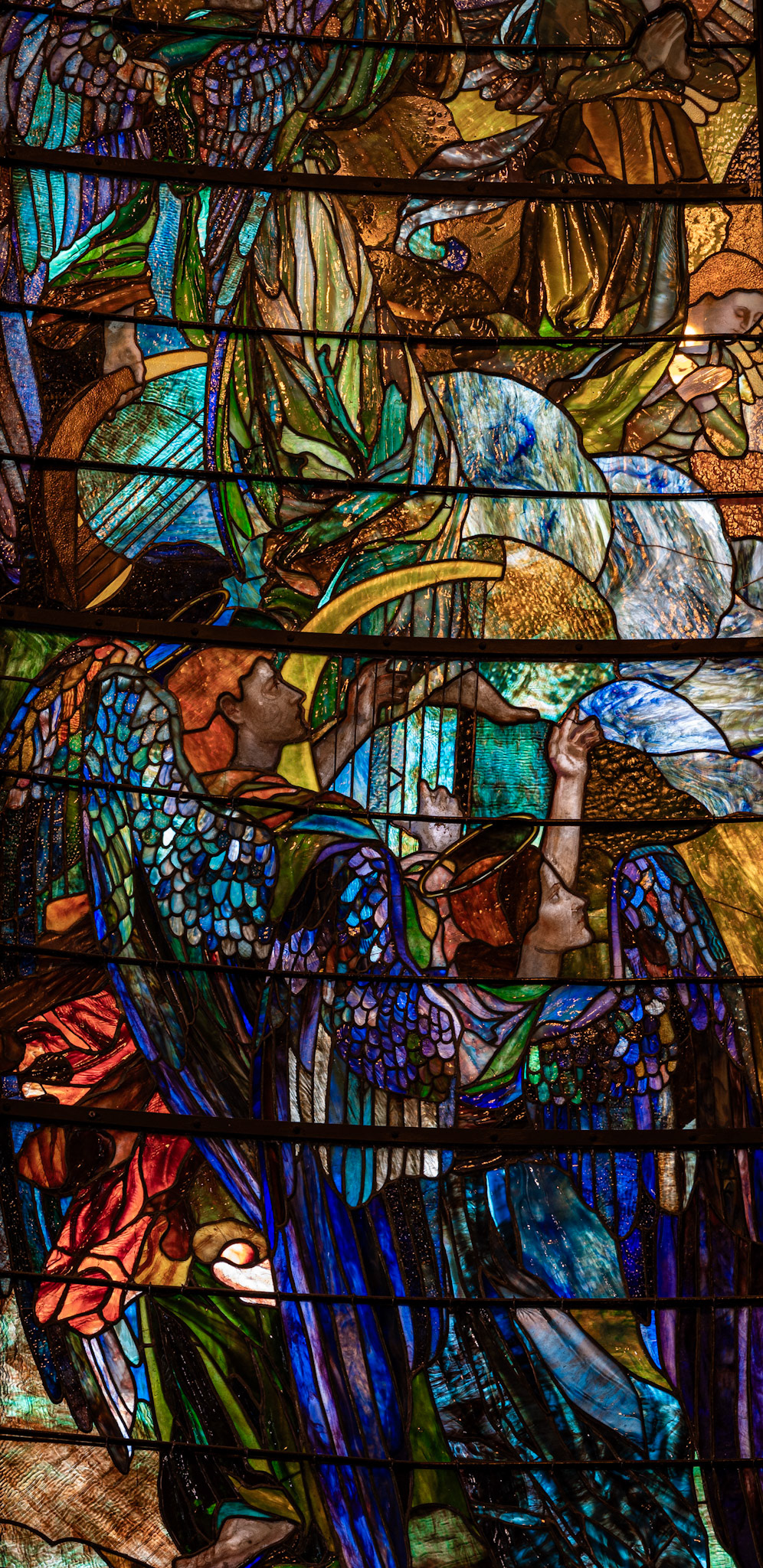
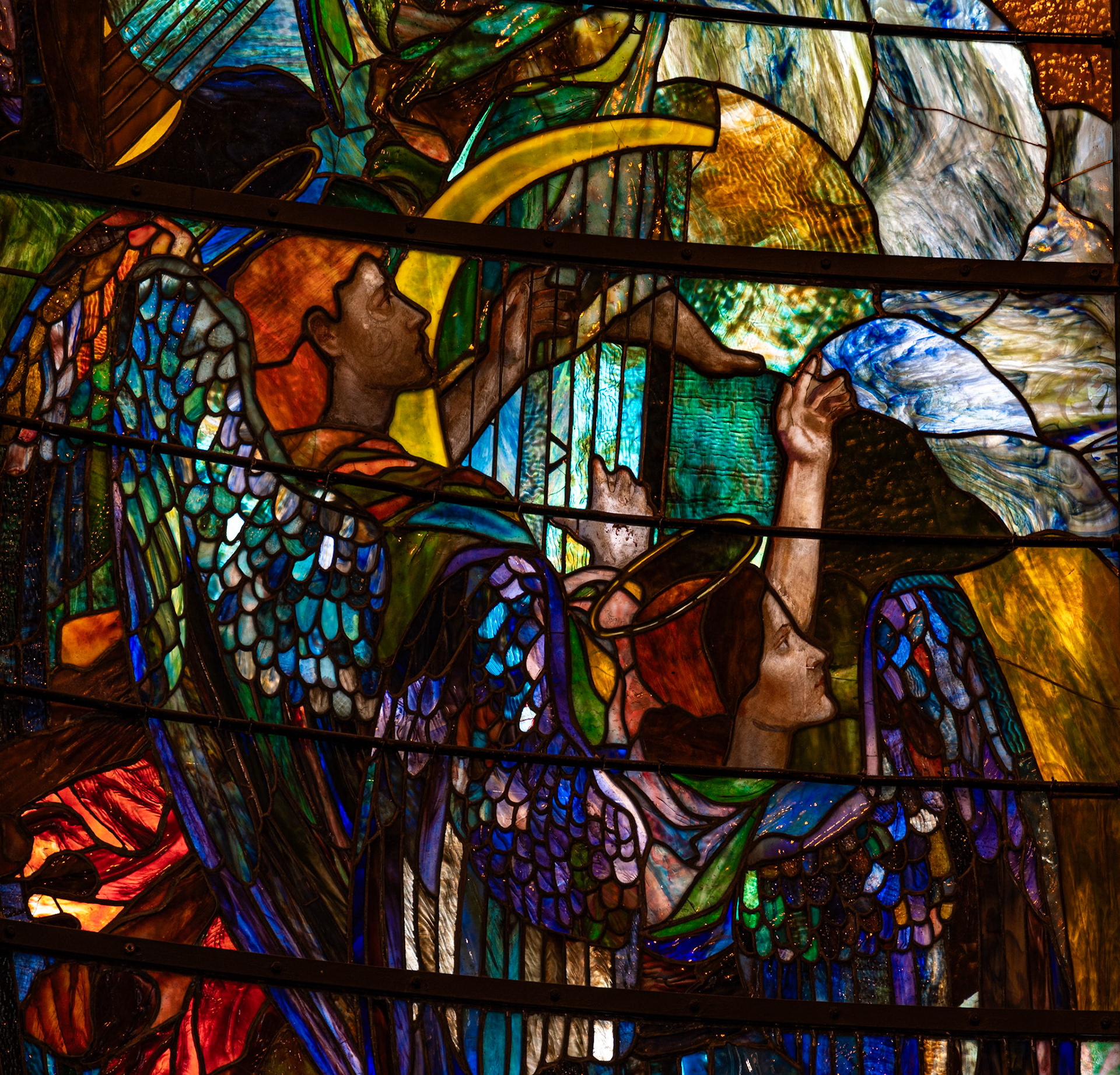
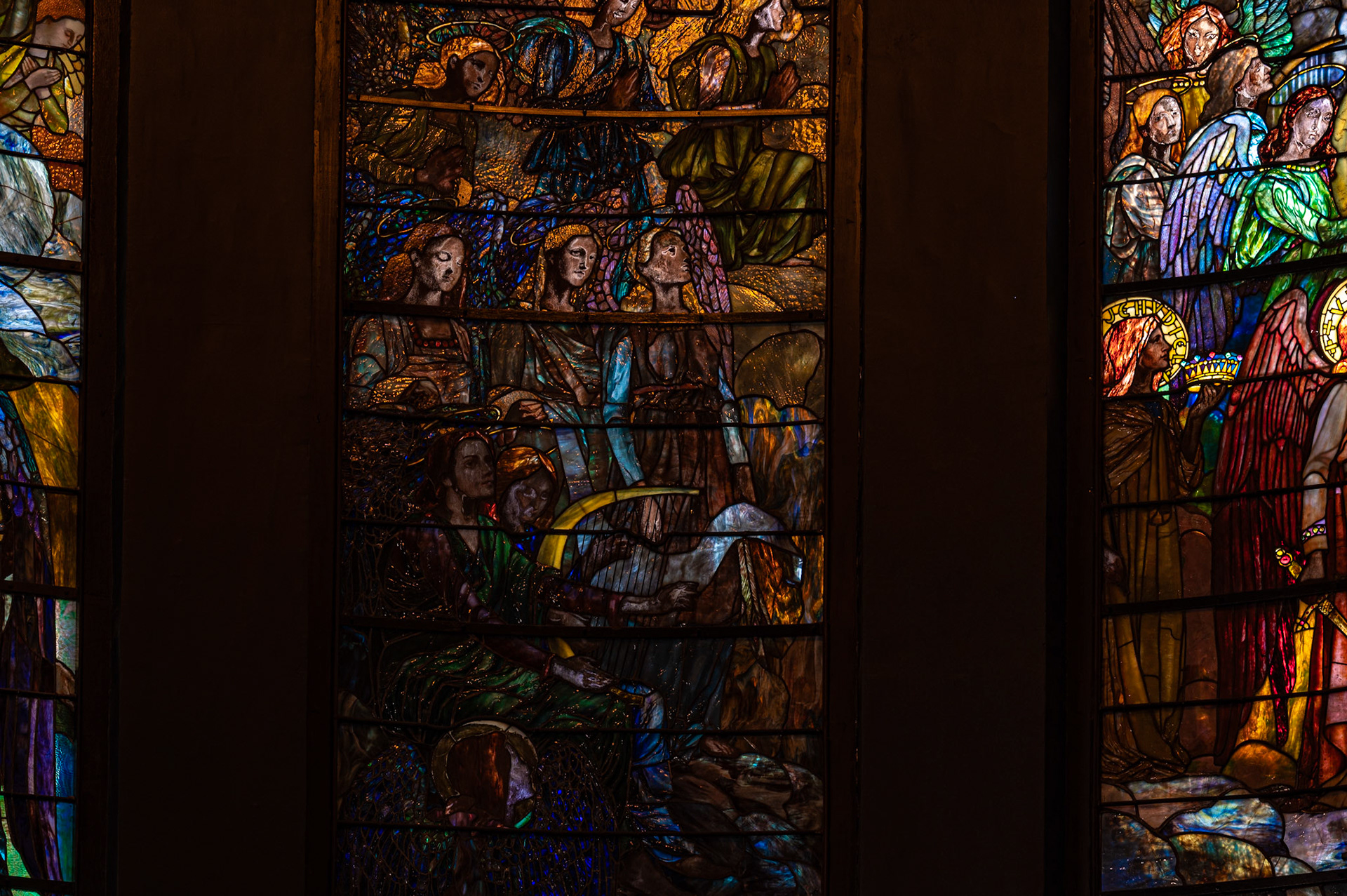

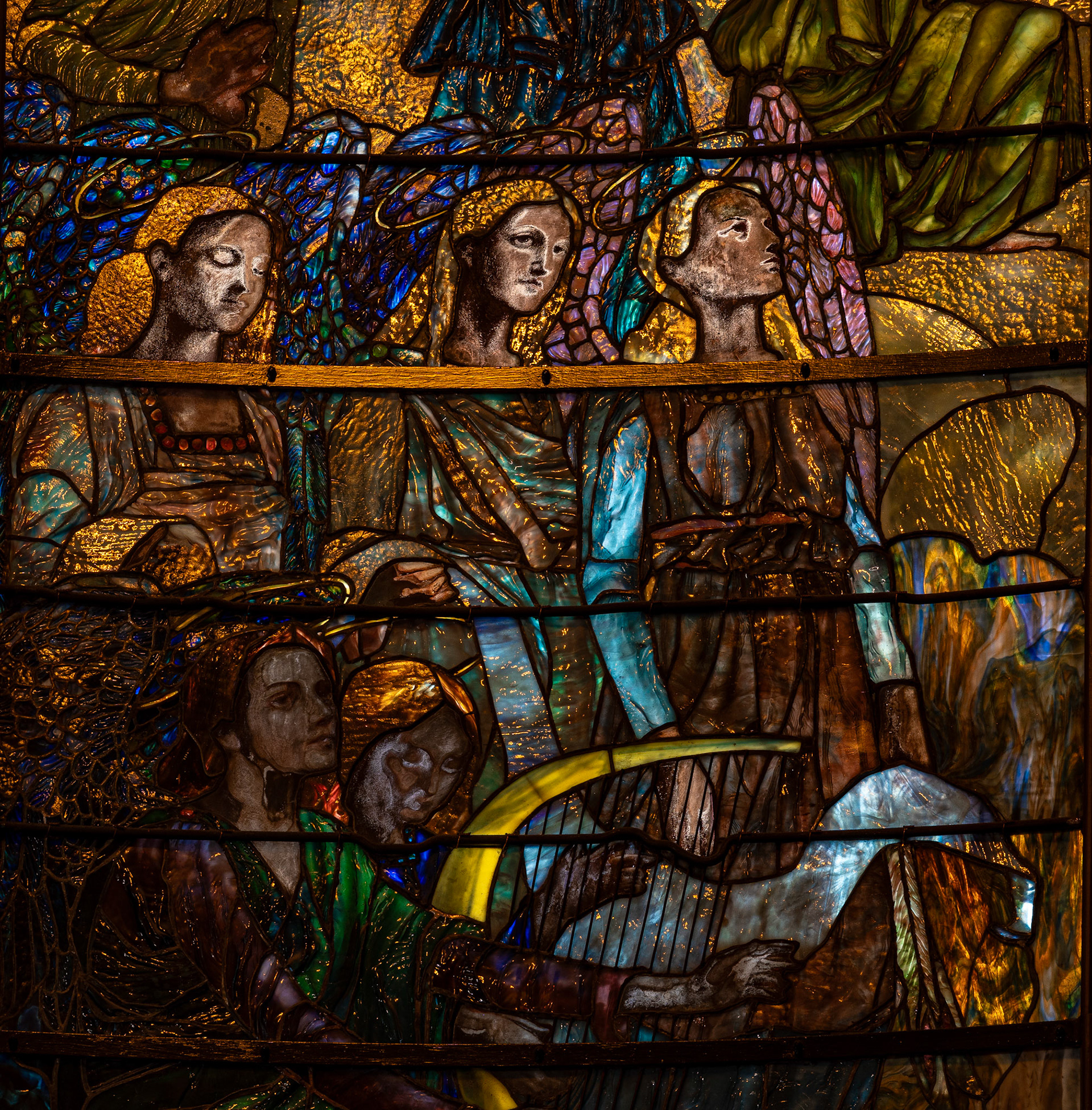
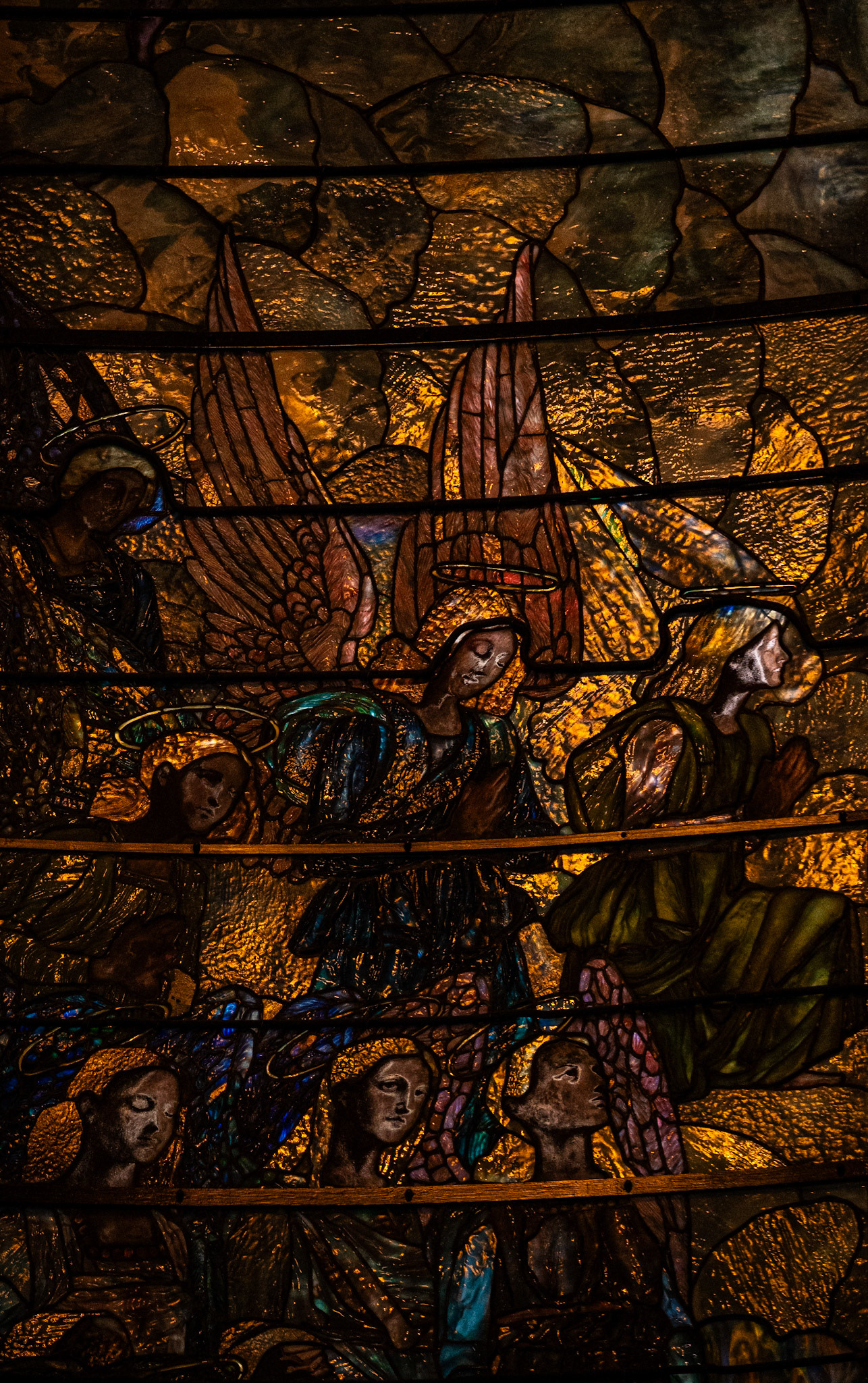
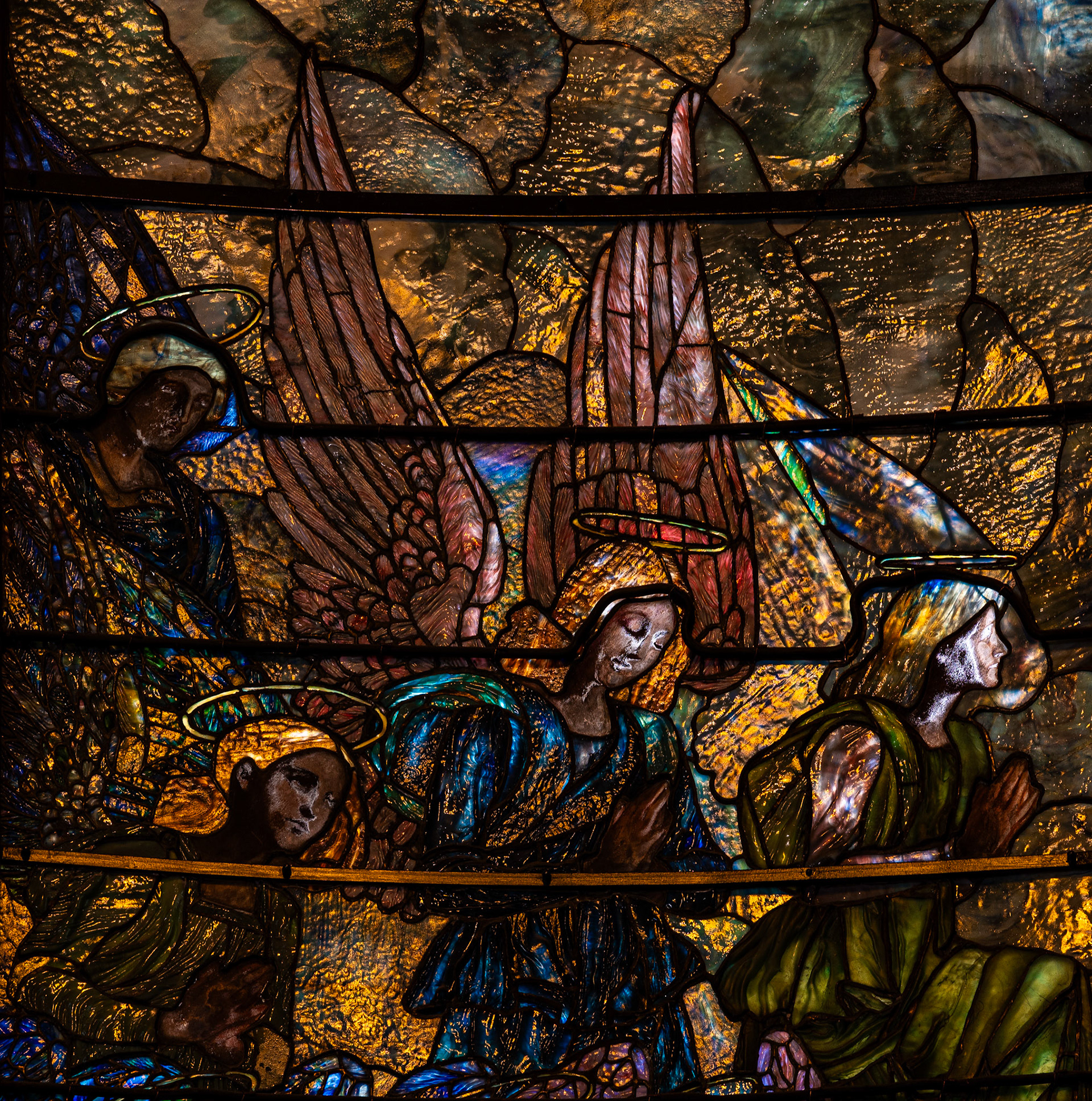
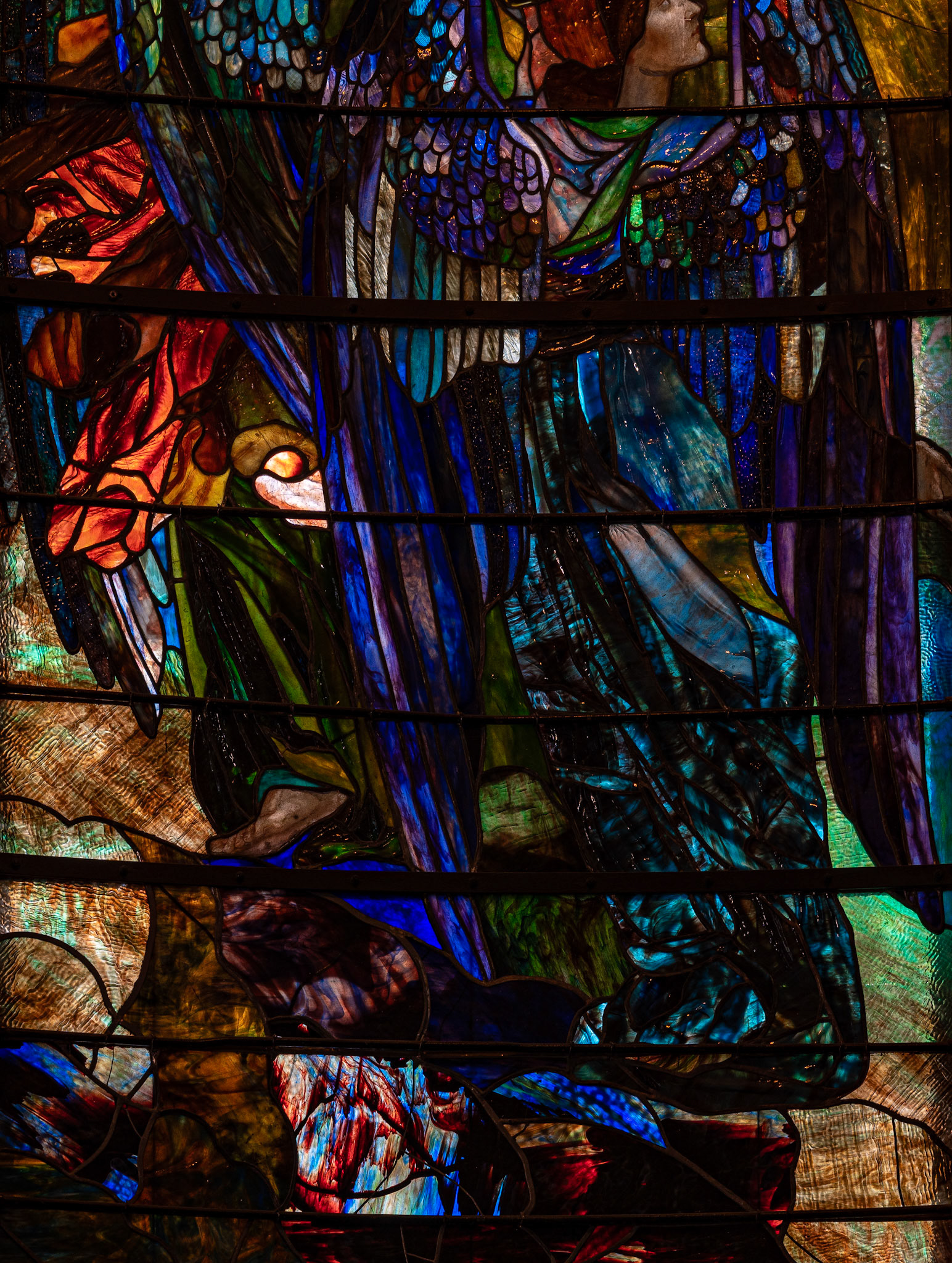

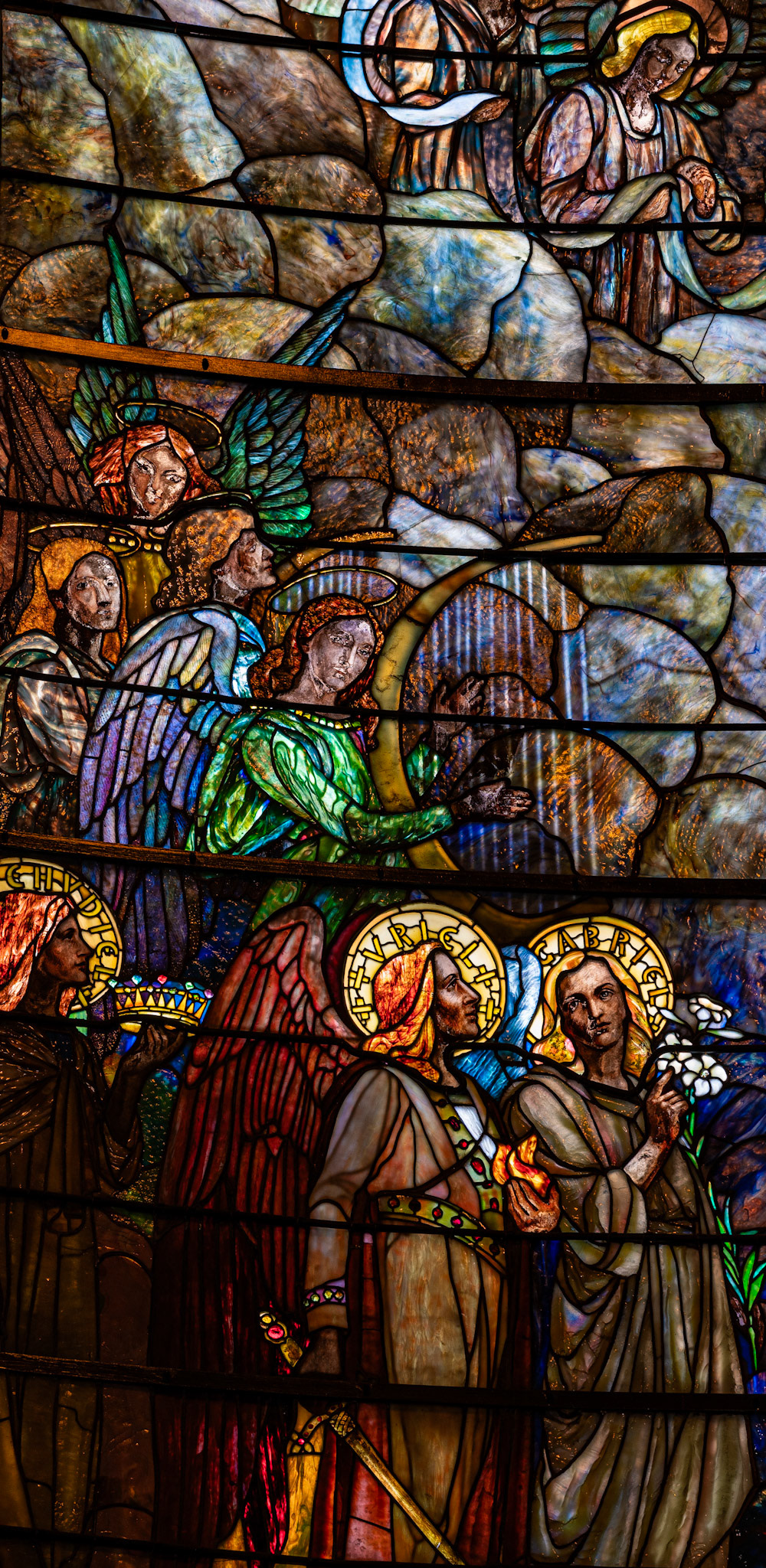
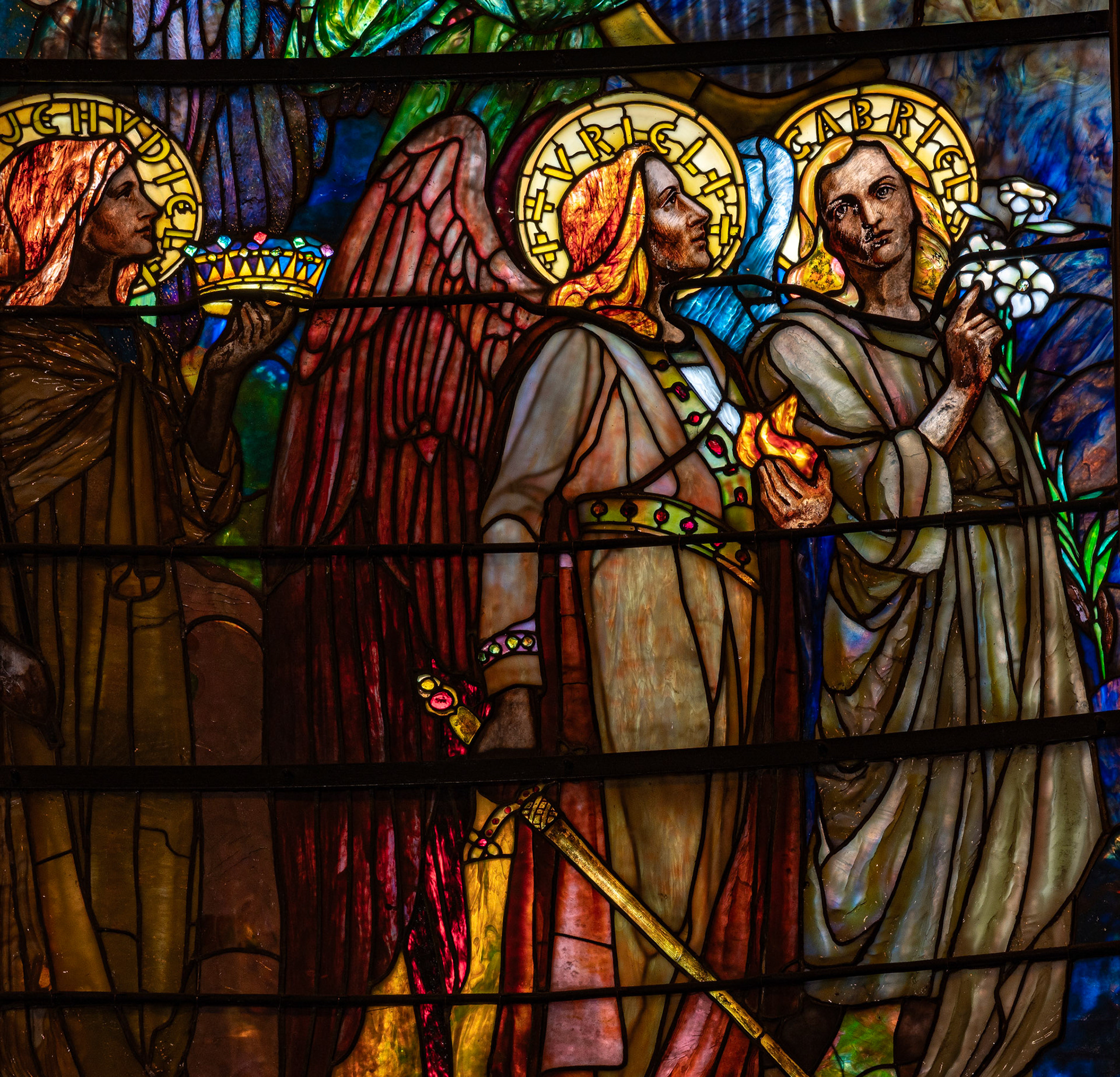


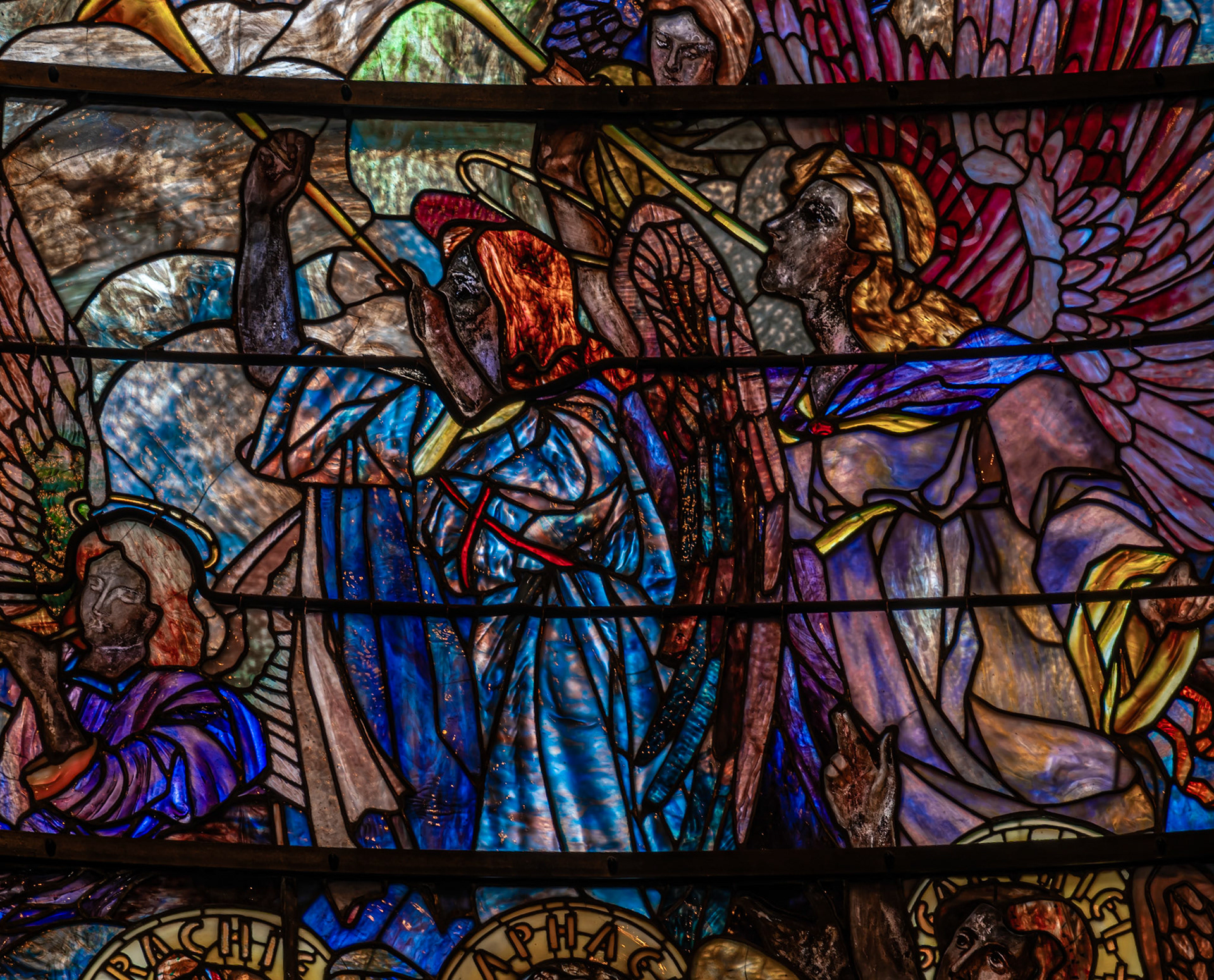

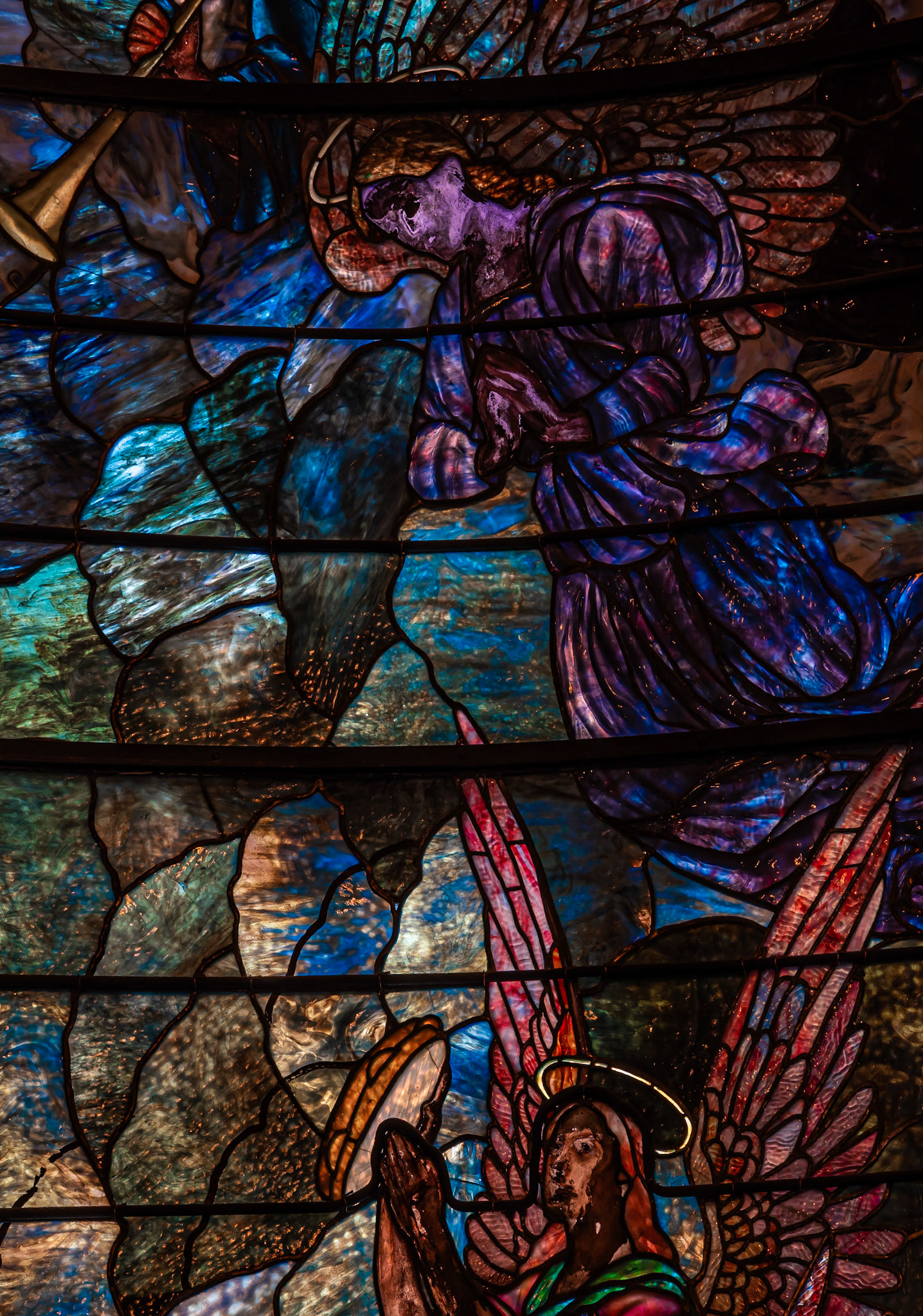
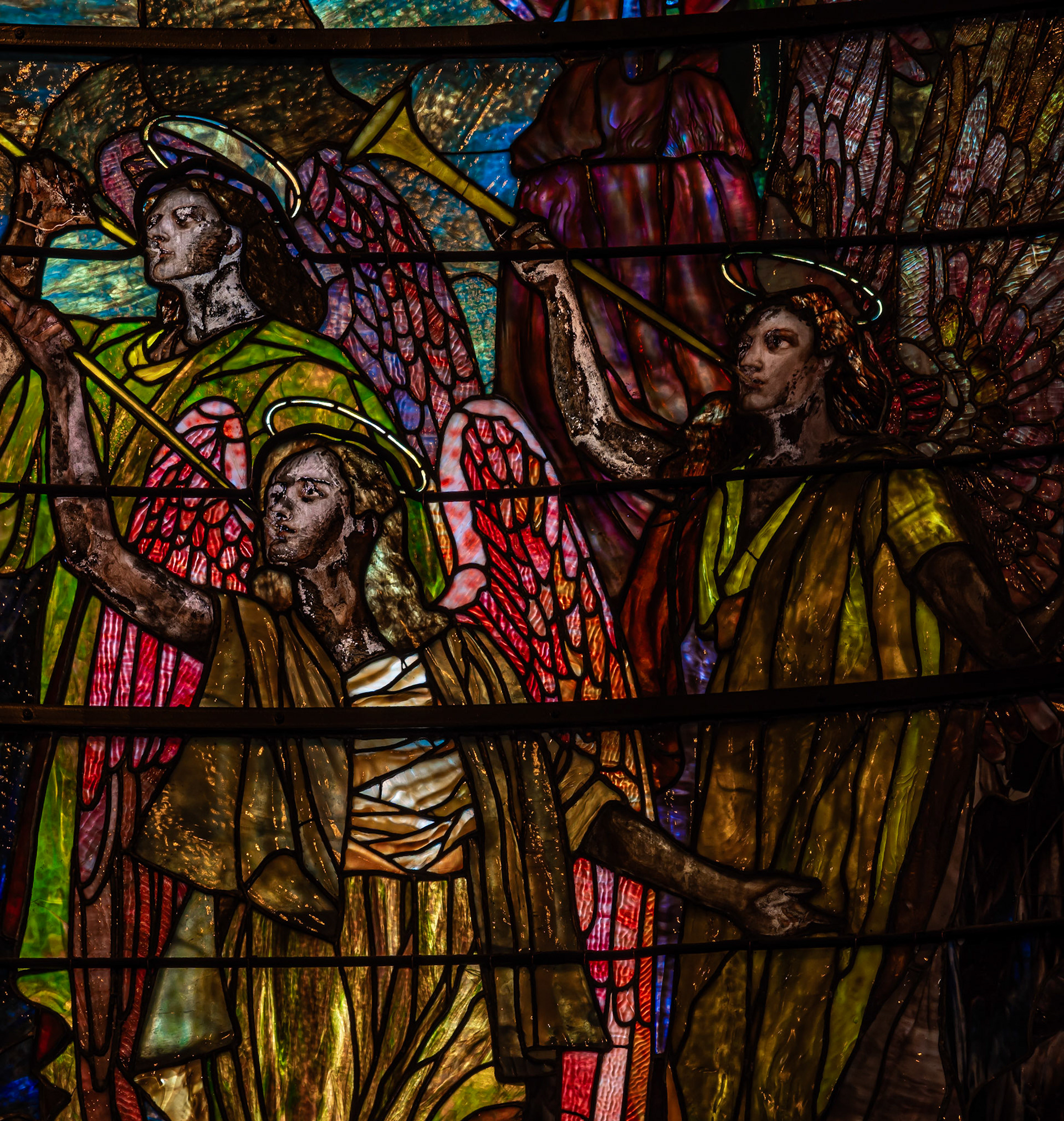
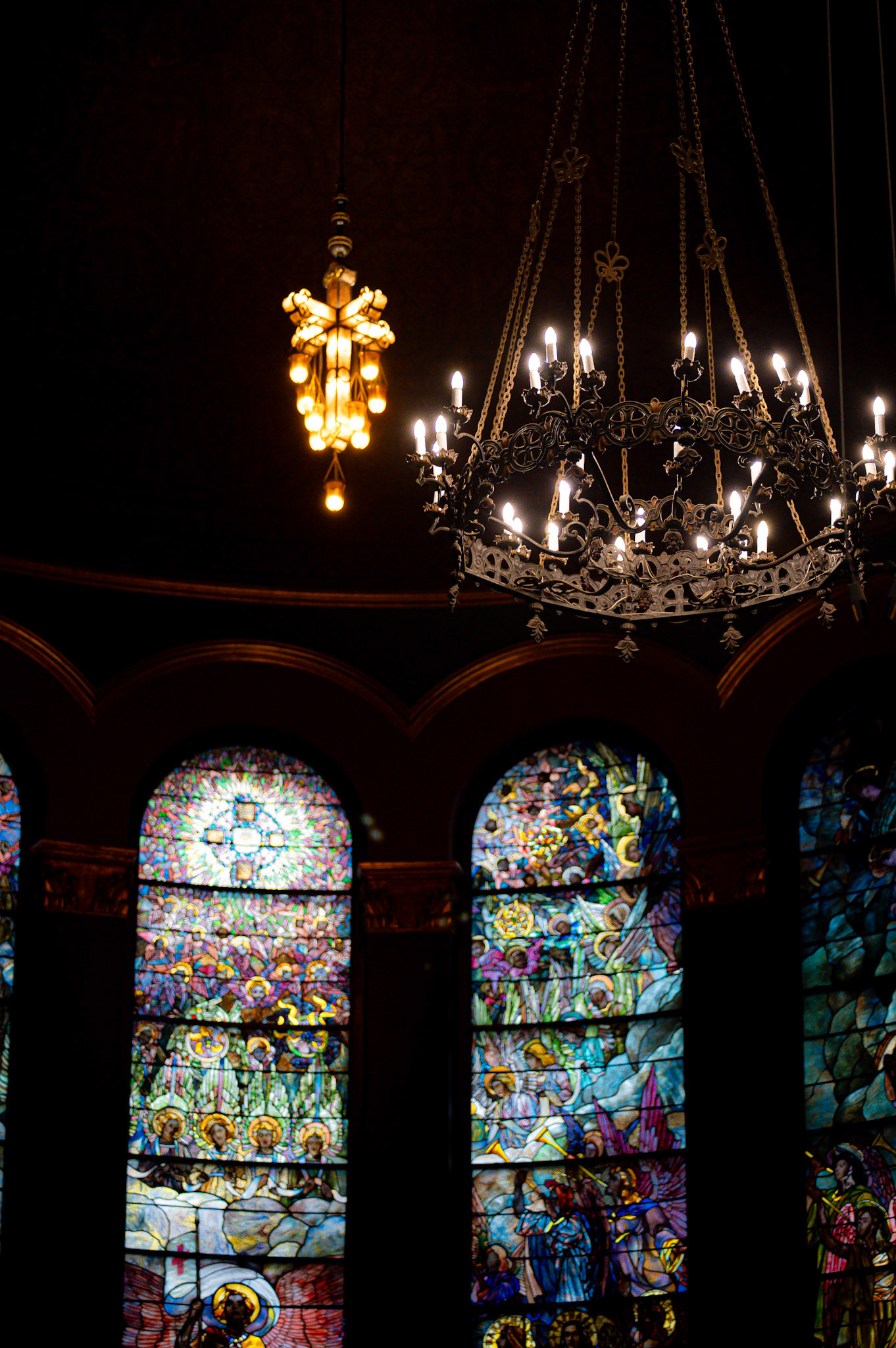
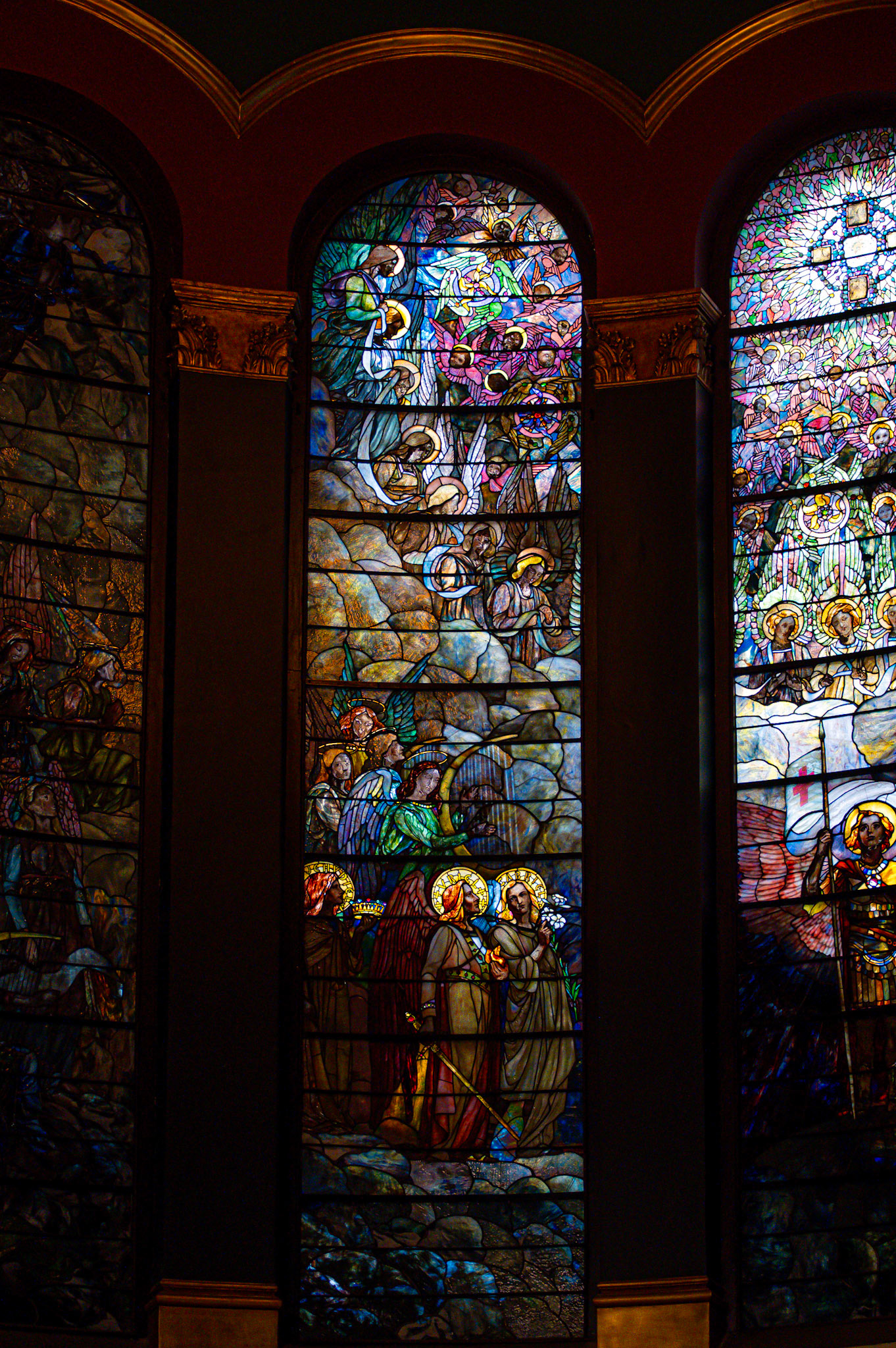

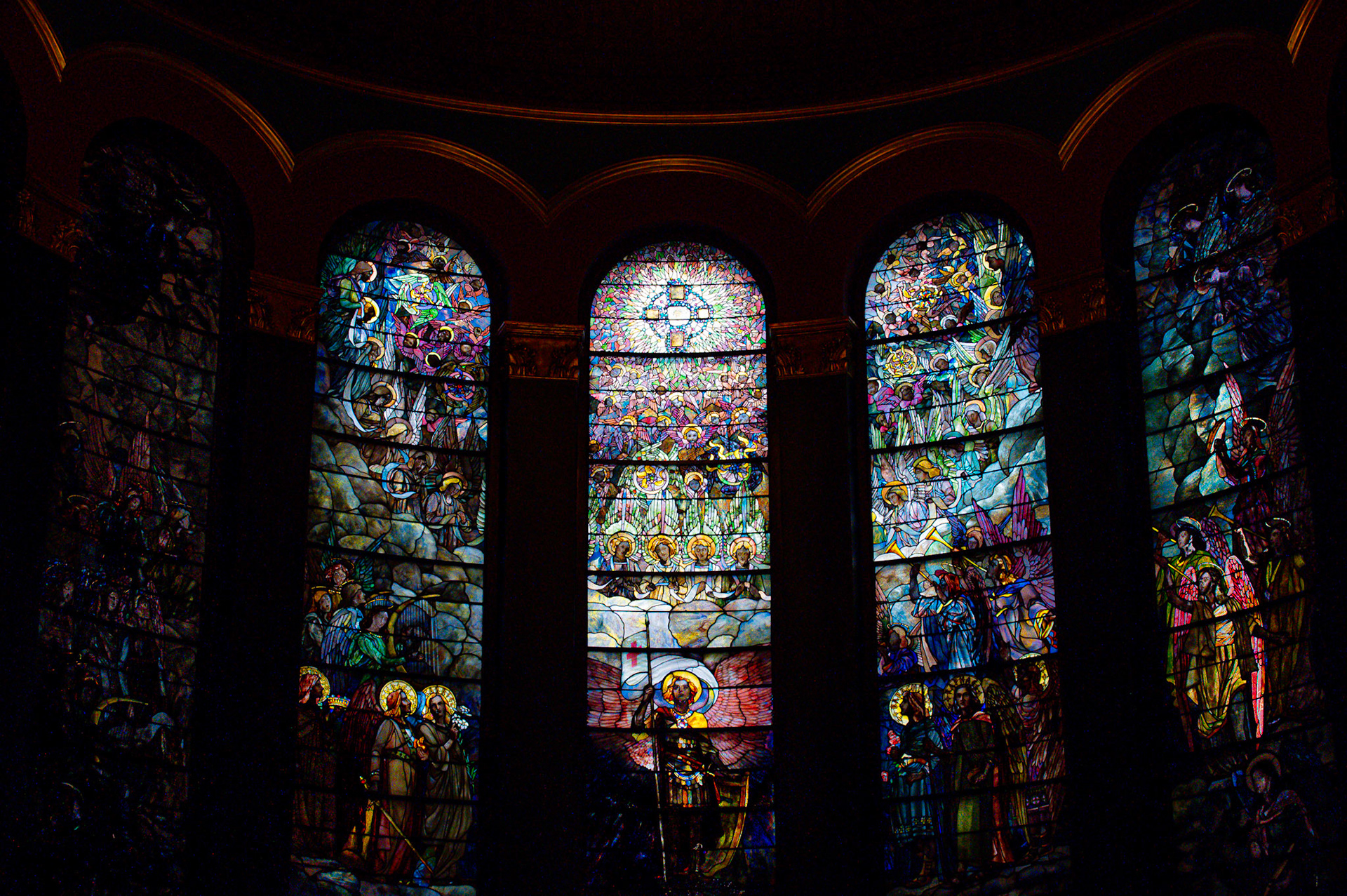

These windows were designed by Tiffany Studios and executed by Edward P. Sperry, Joseph Lauber, Louise J. Lederle, and Clara W. Parrish and measure 5x25ft. They depict St Michael’s victory in heaven, taken from Revelation 12:7-12. An interesting thing to note is the bible-accurate representation of seraphim, thrones, and cherubim, rather than only the typical cute cupid-like babies we see in most religious art and stained glass depictions of angels.
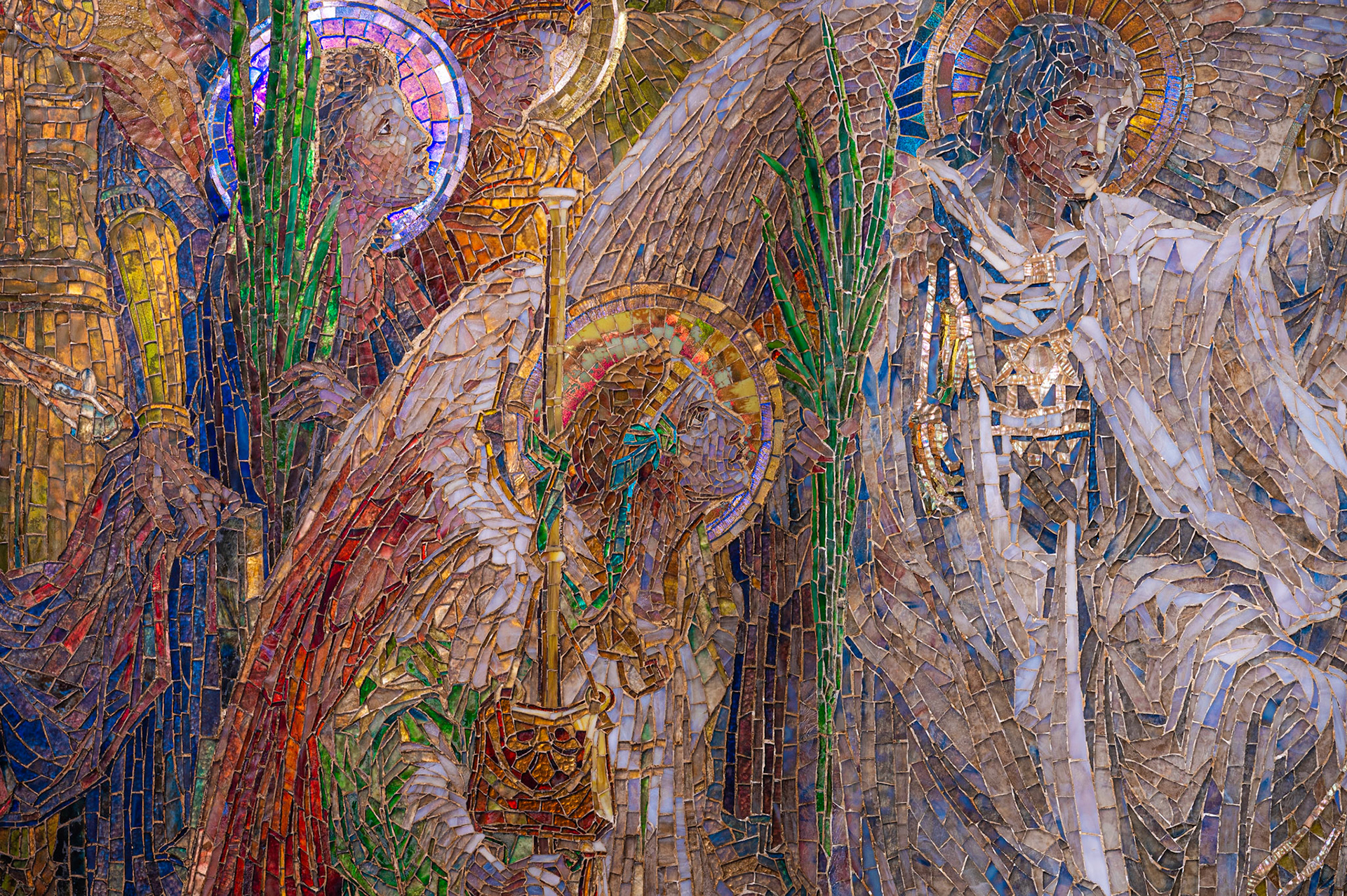


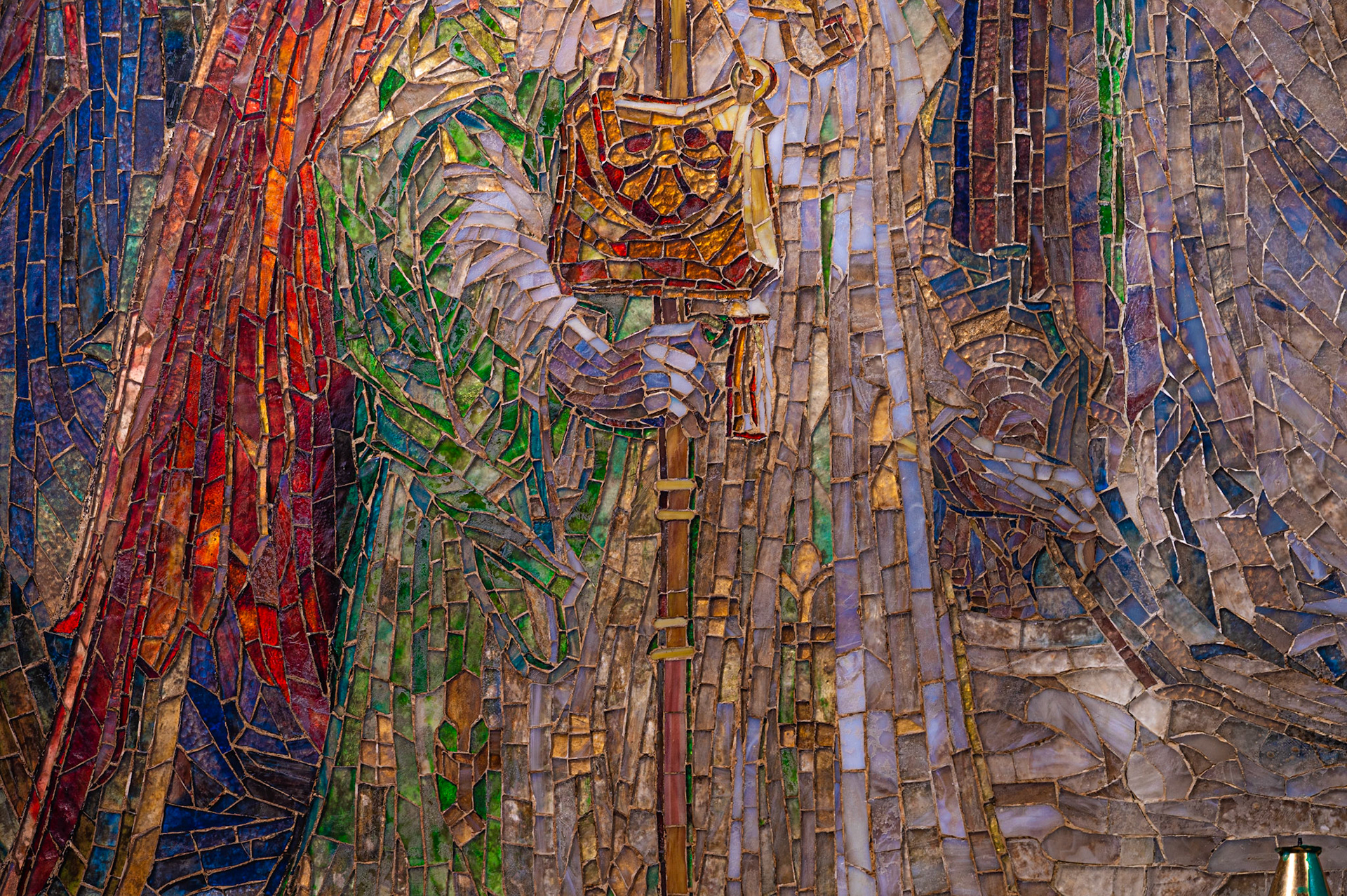
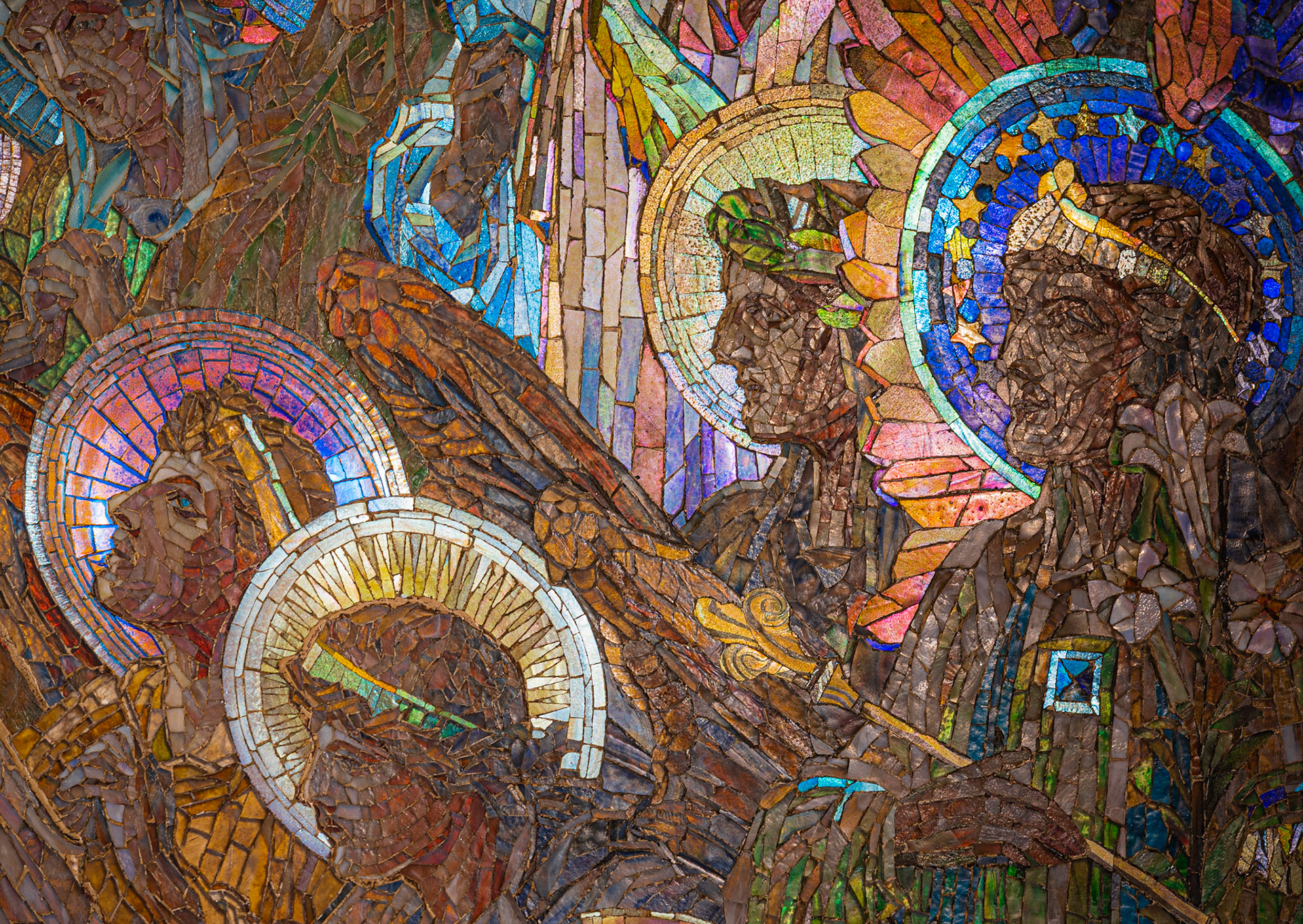
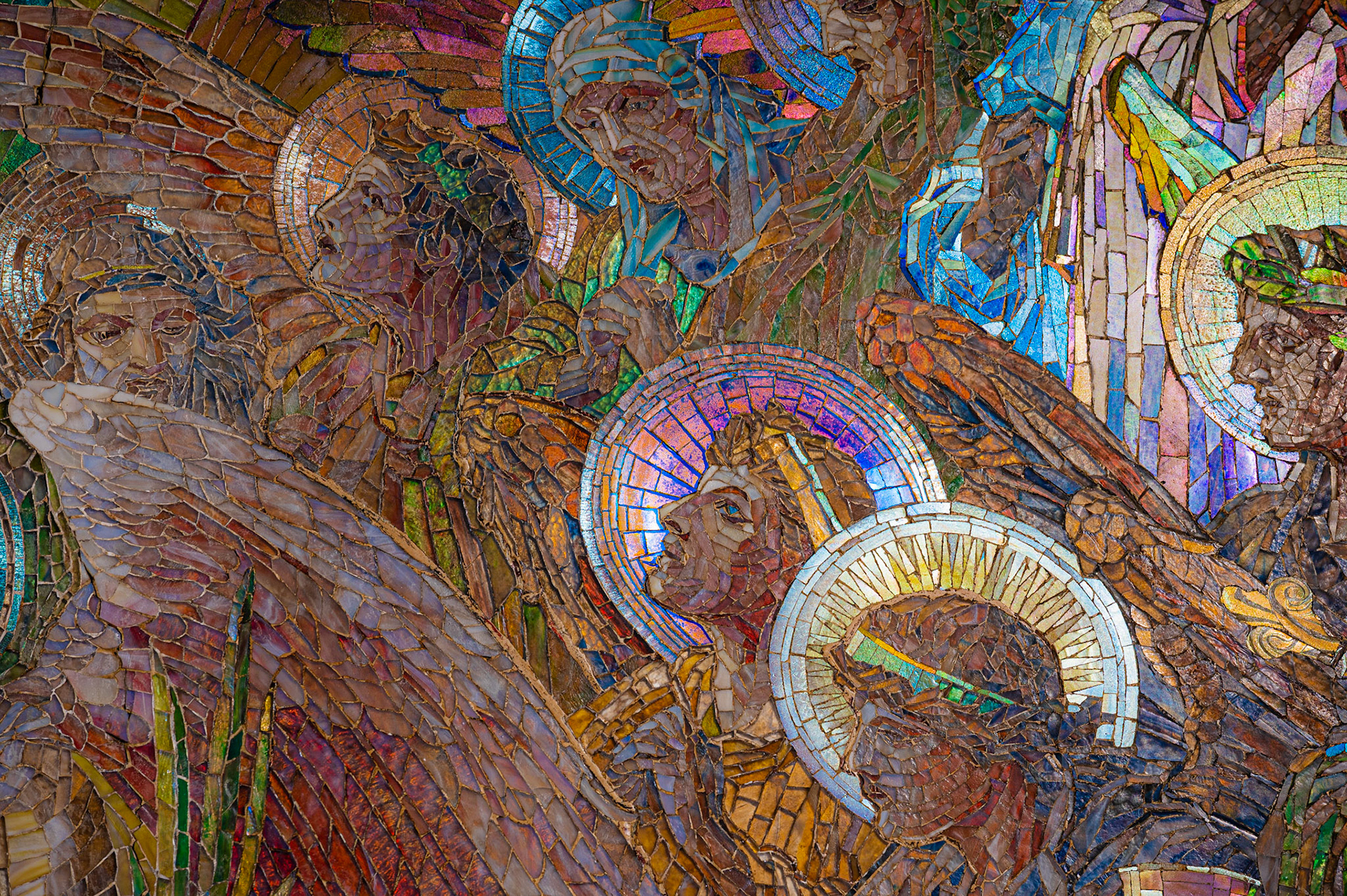

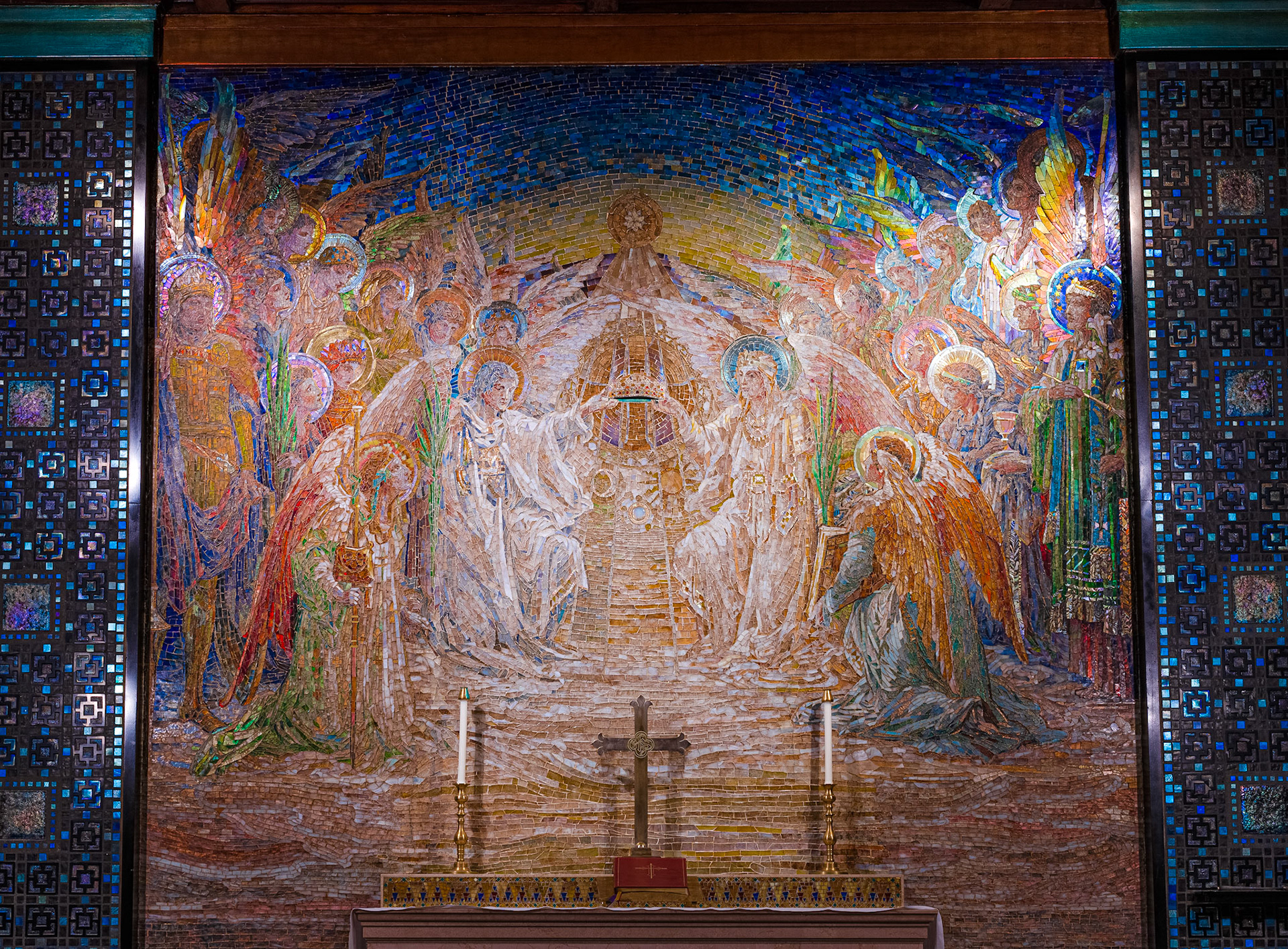

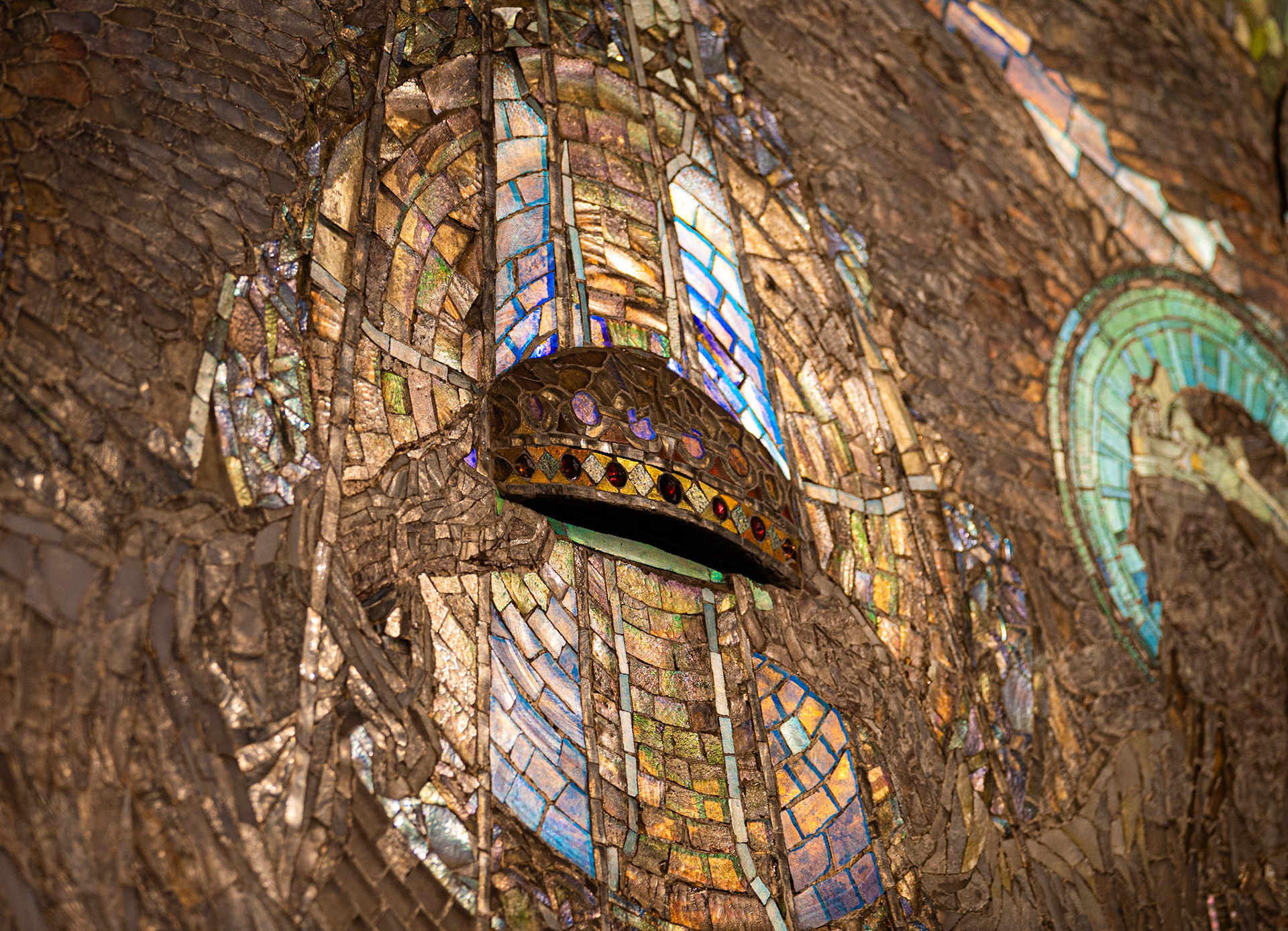
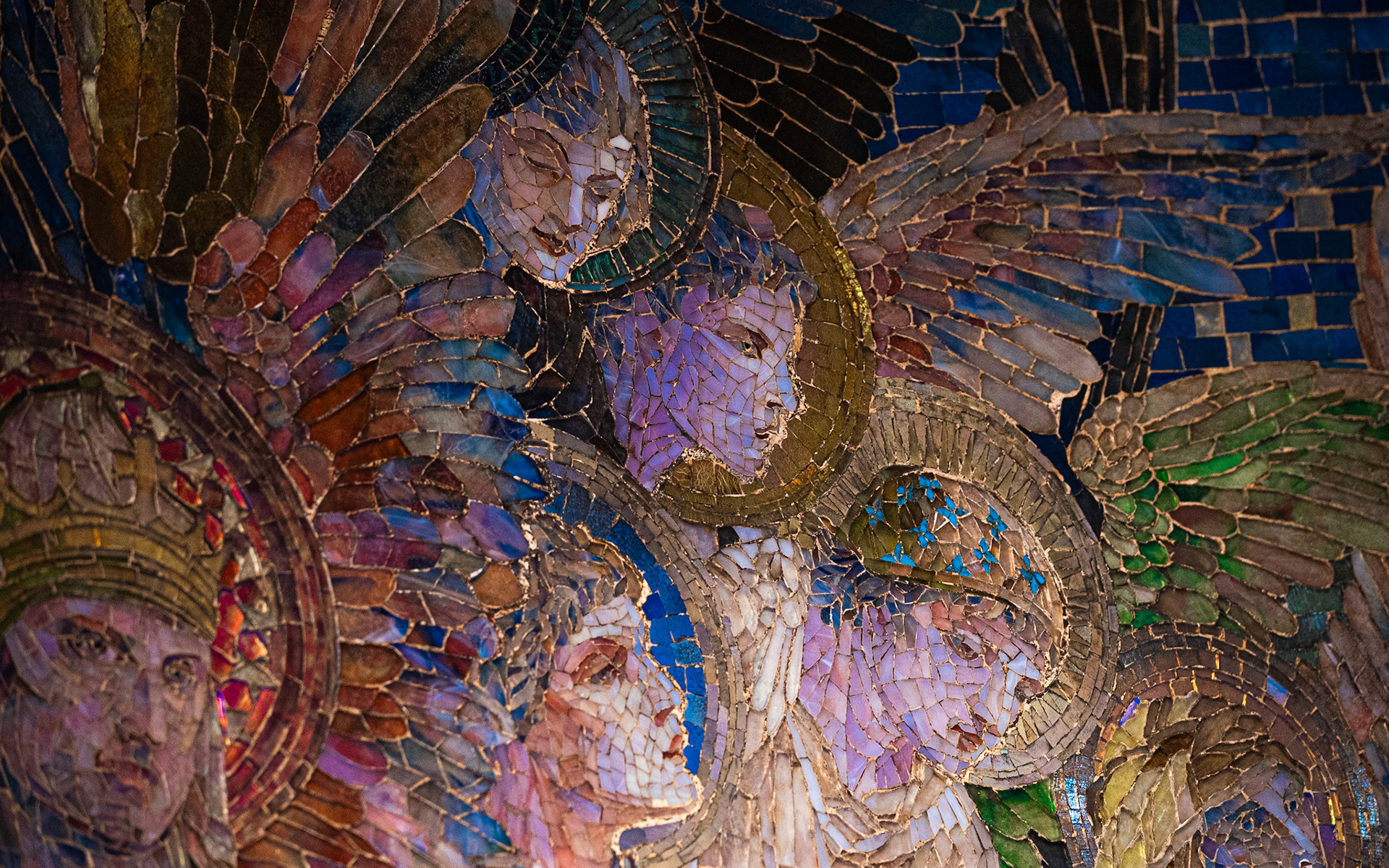

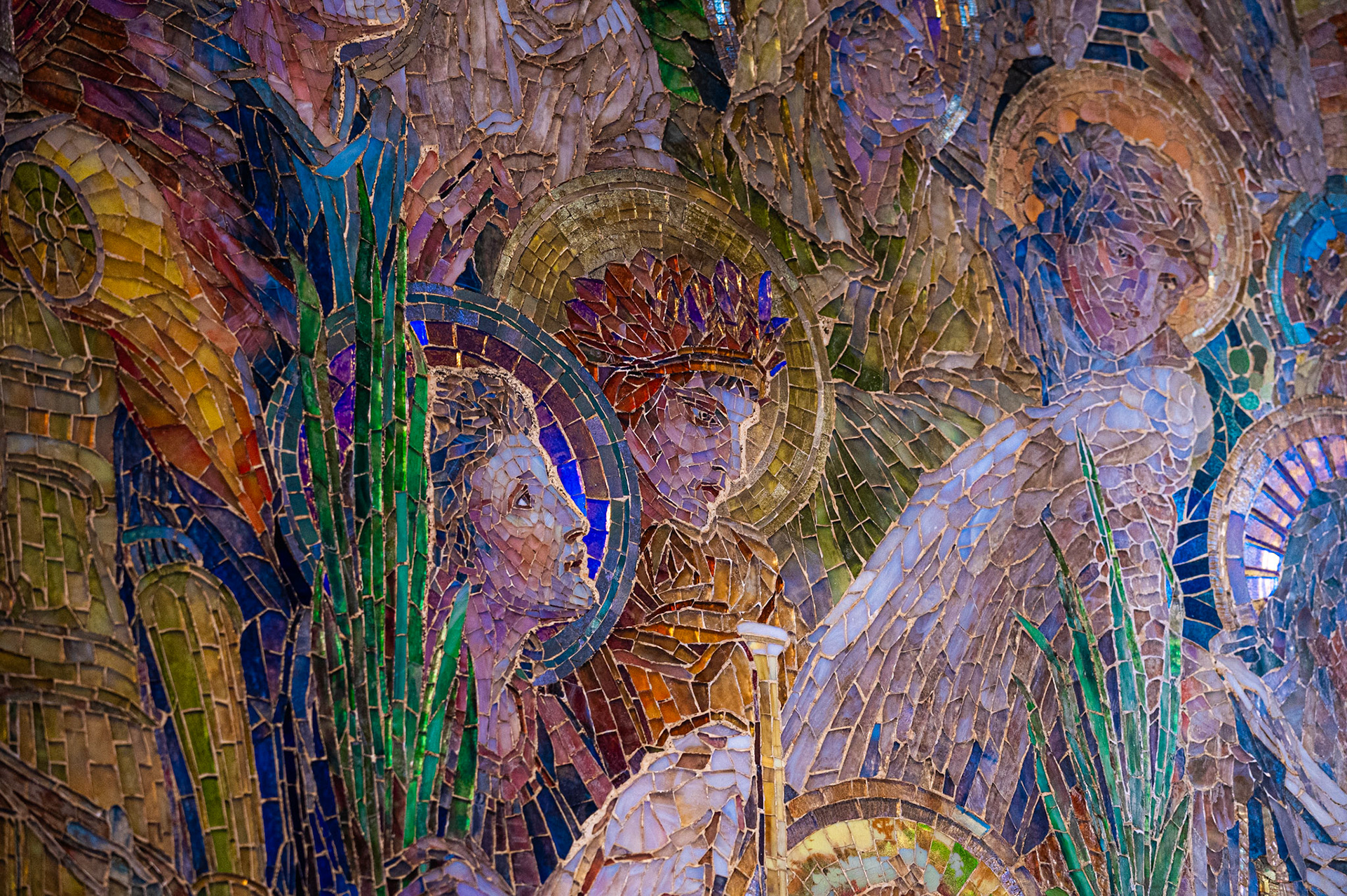
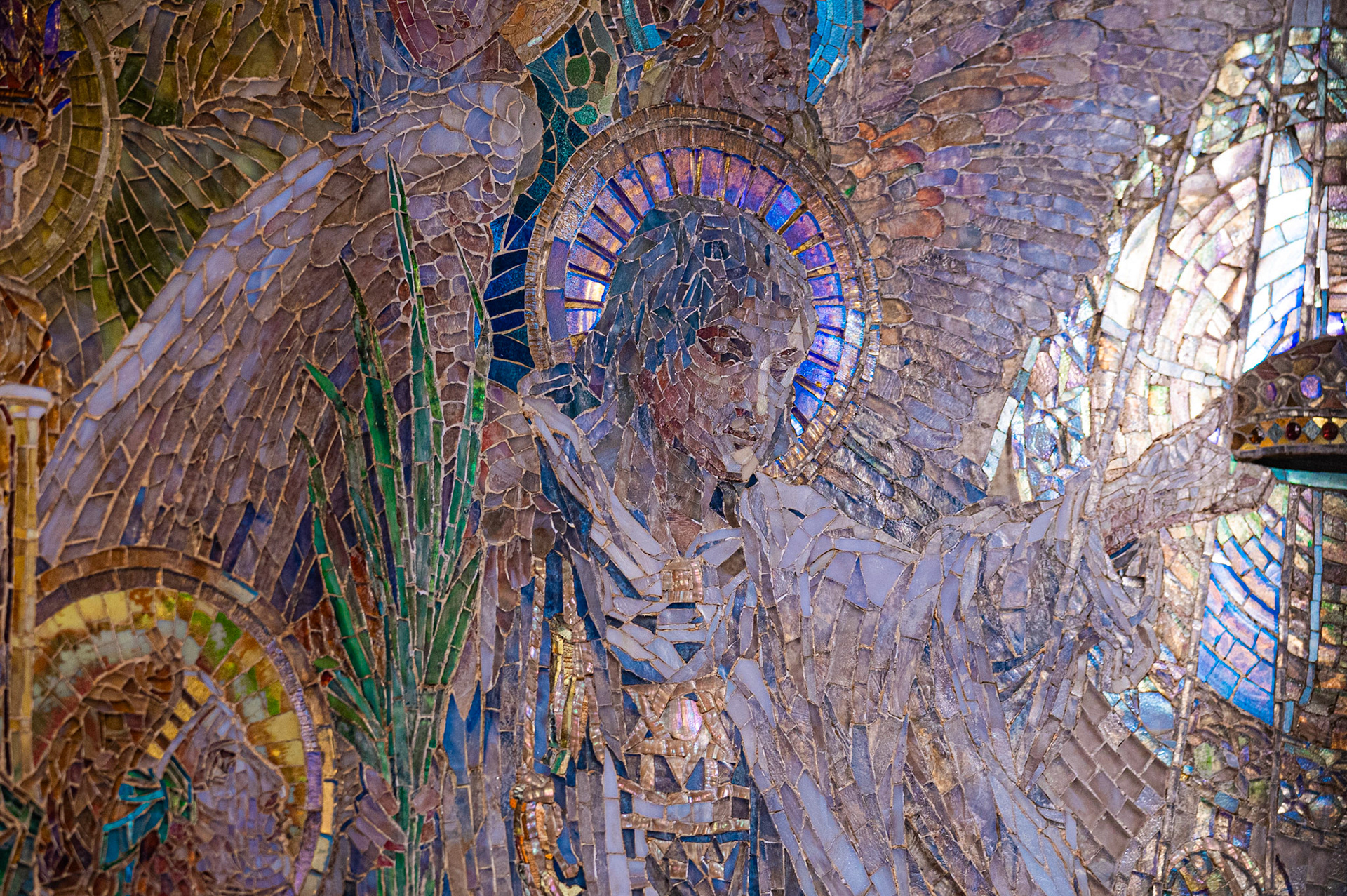
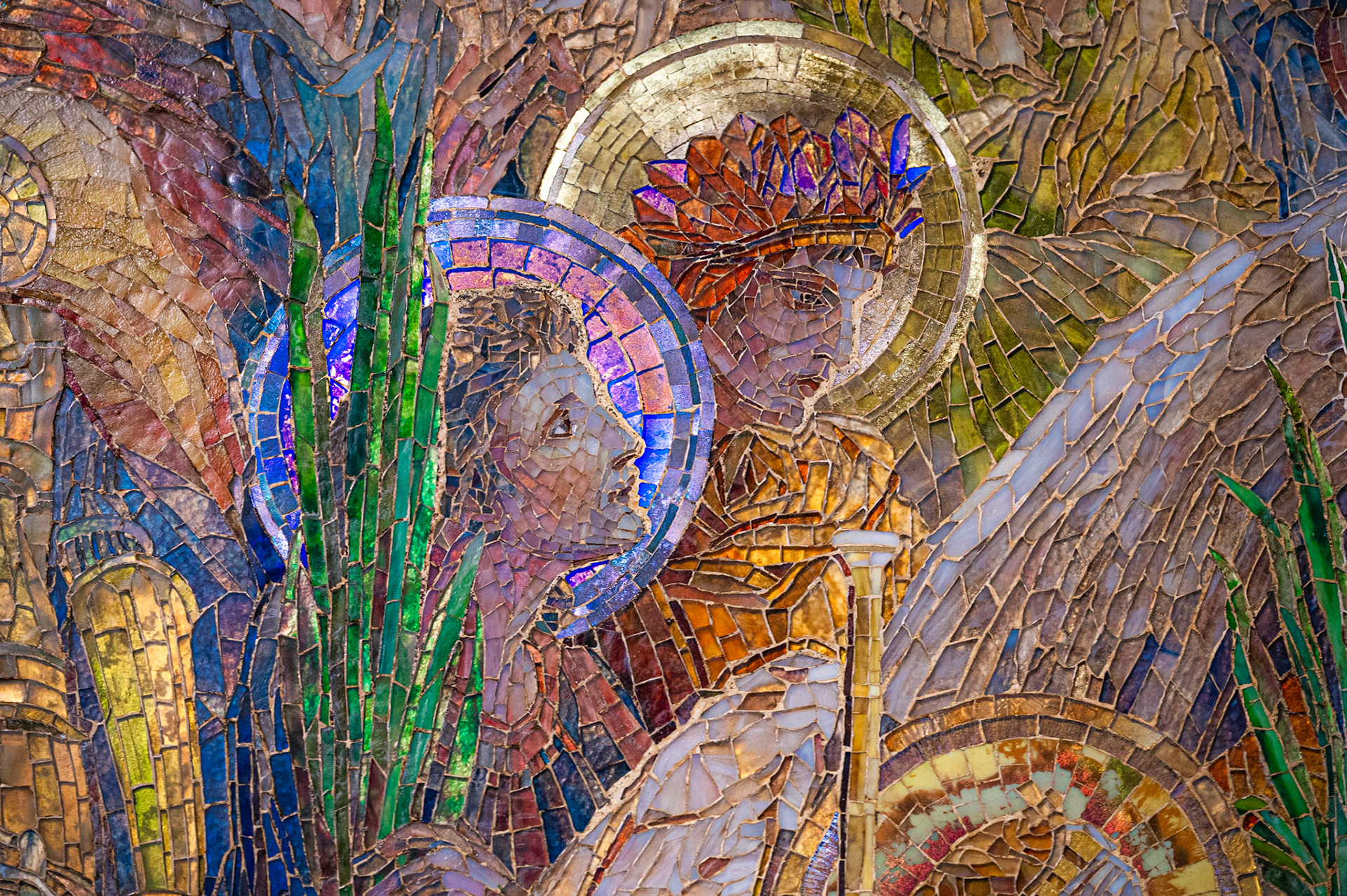
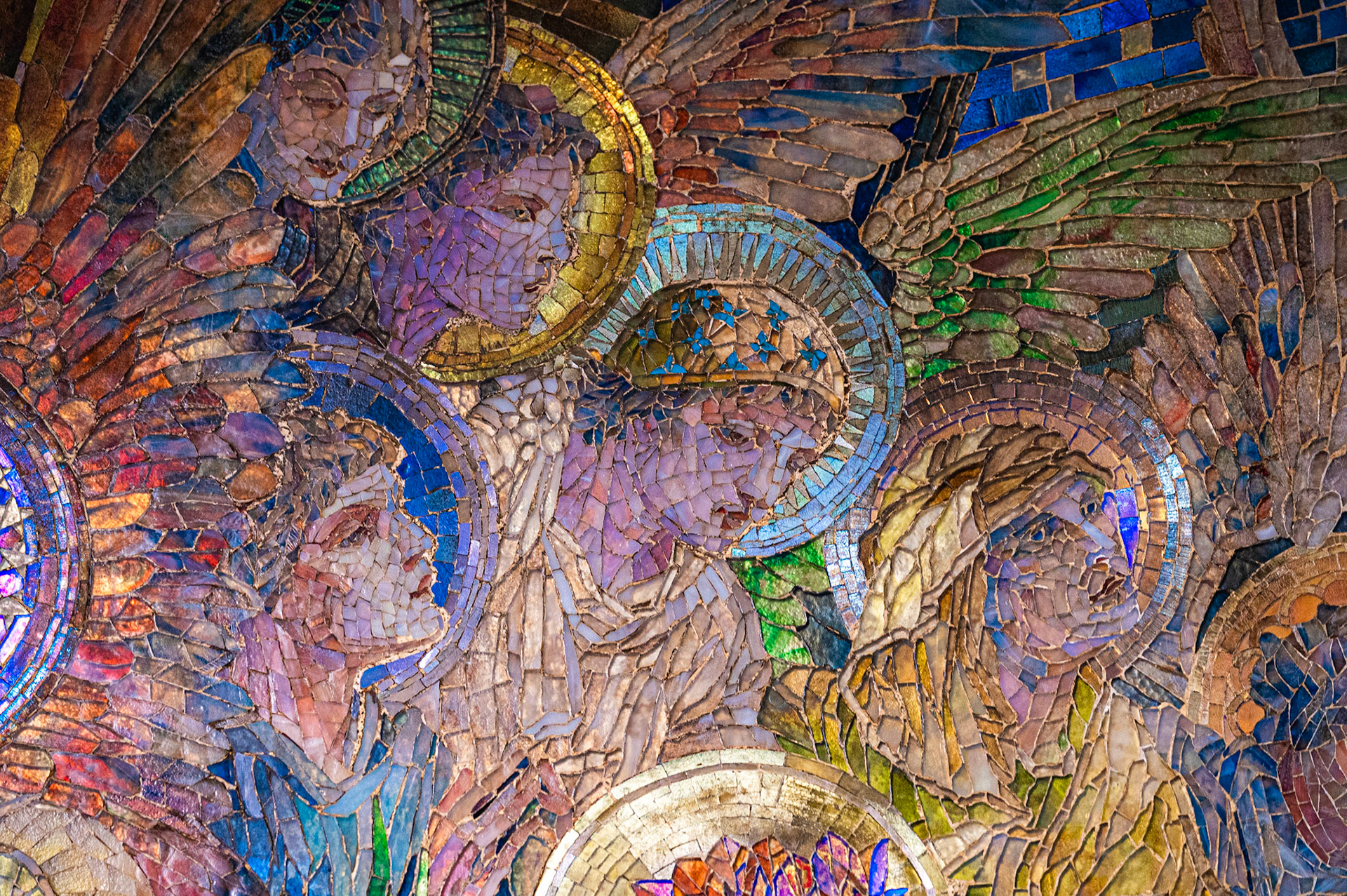

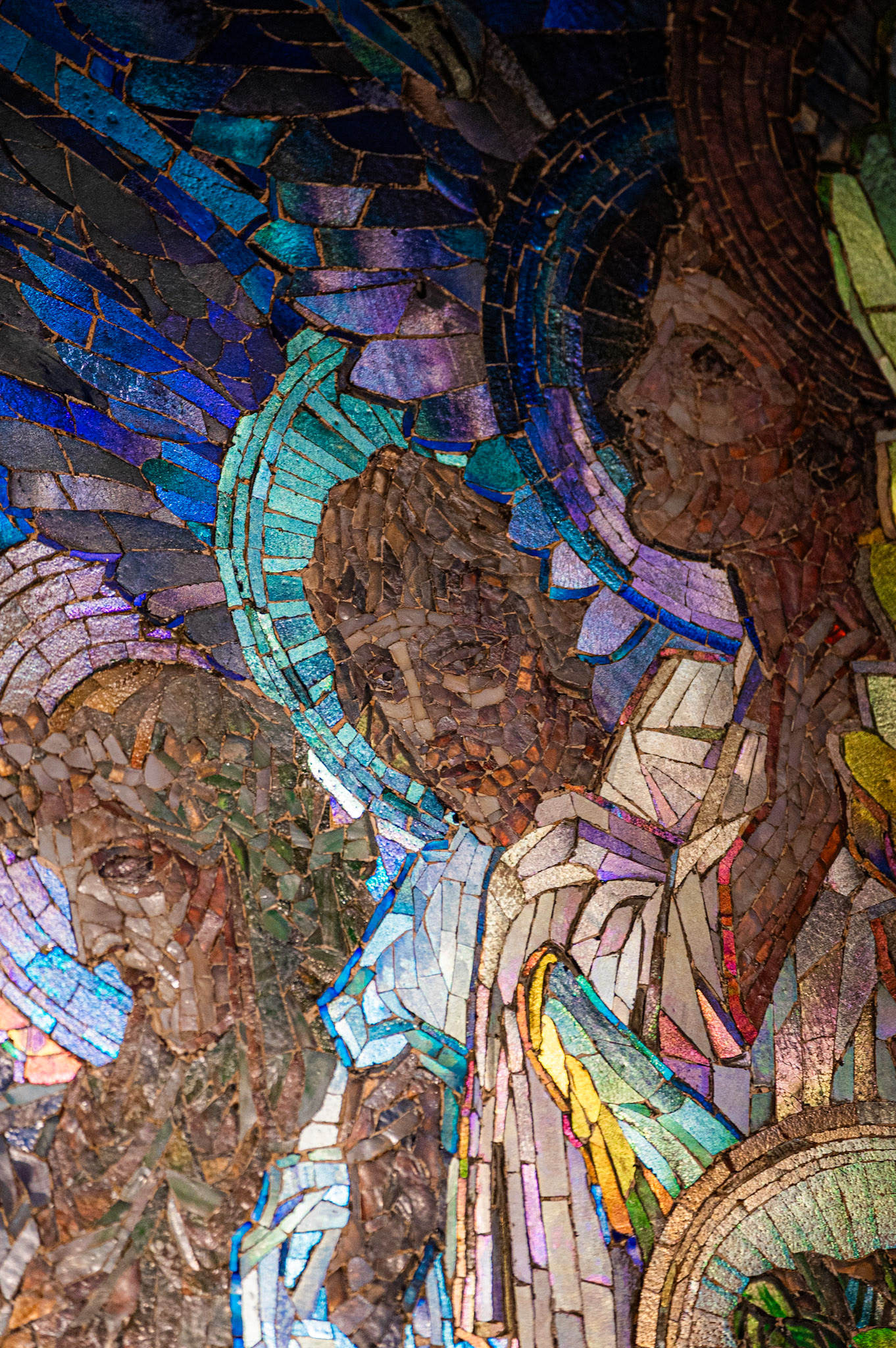
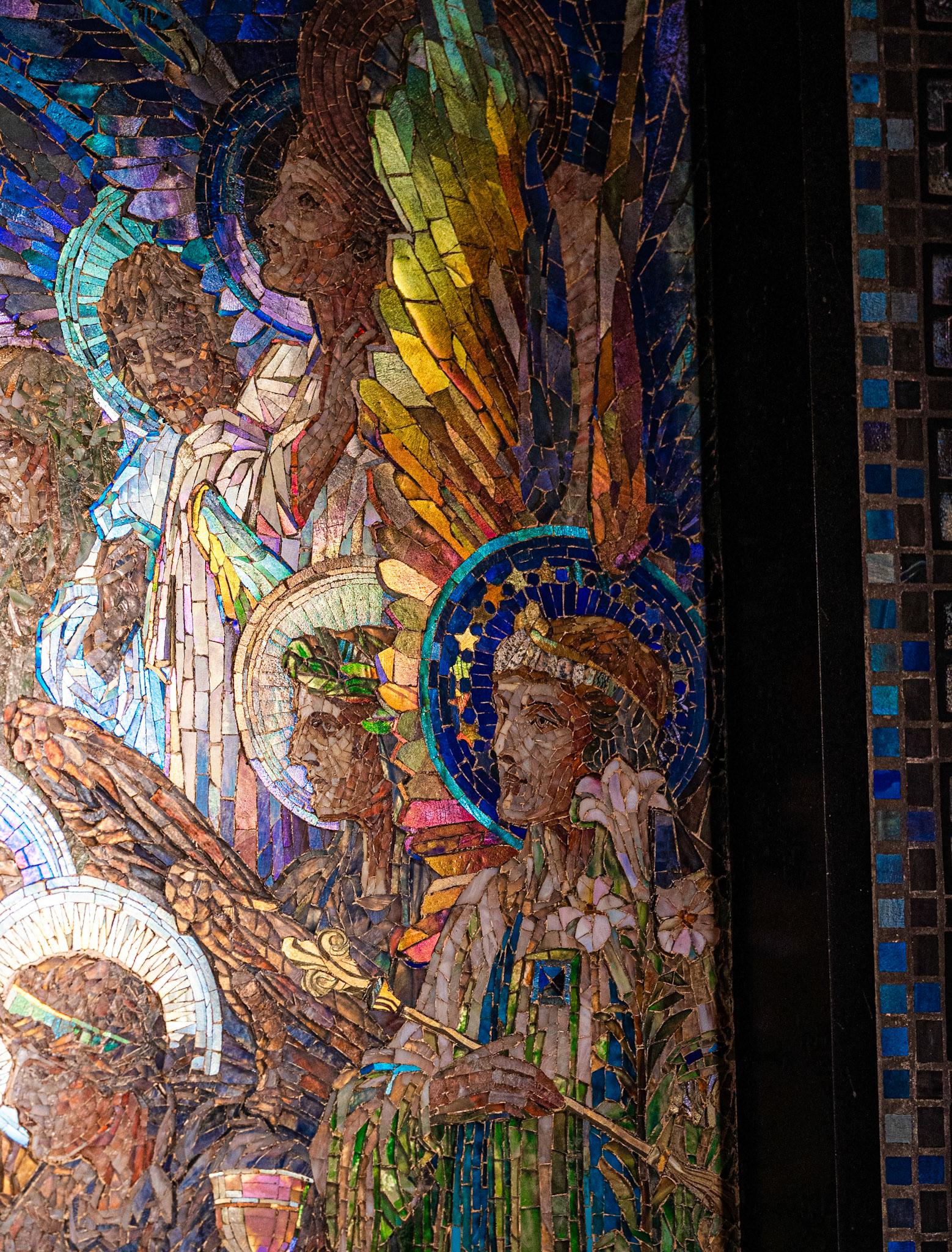
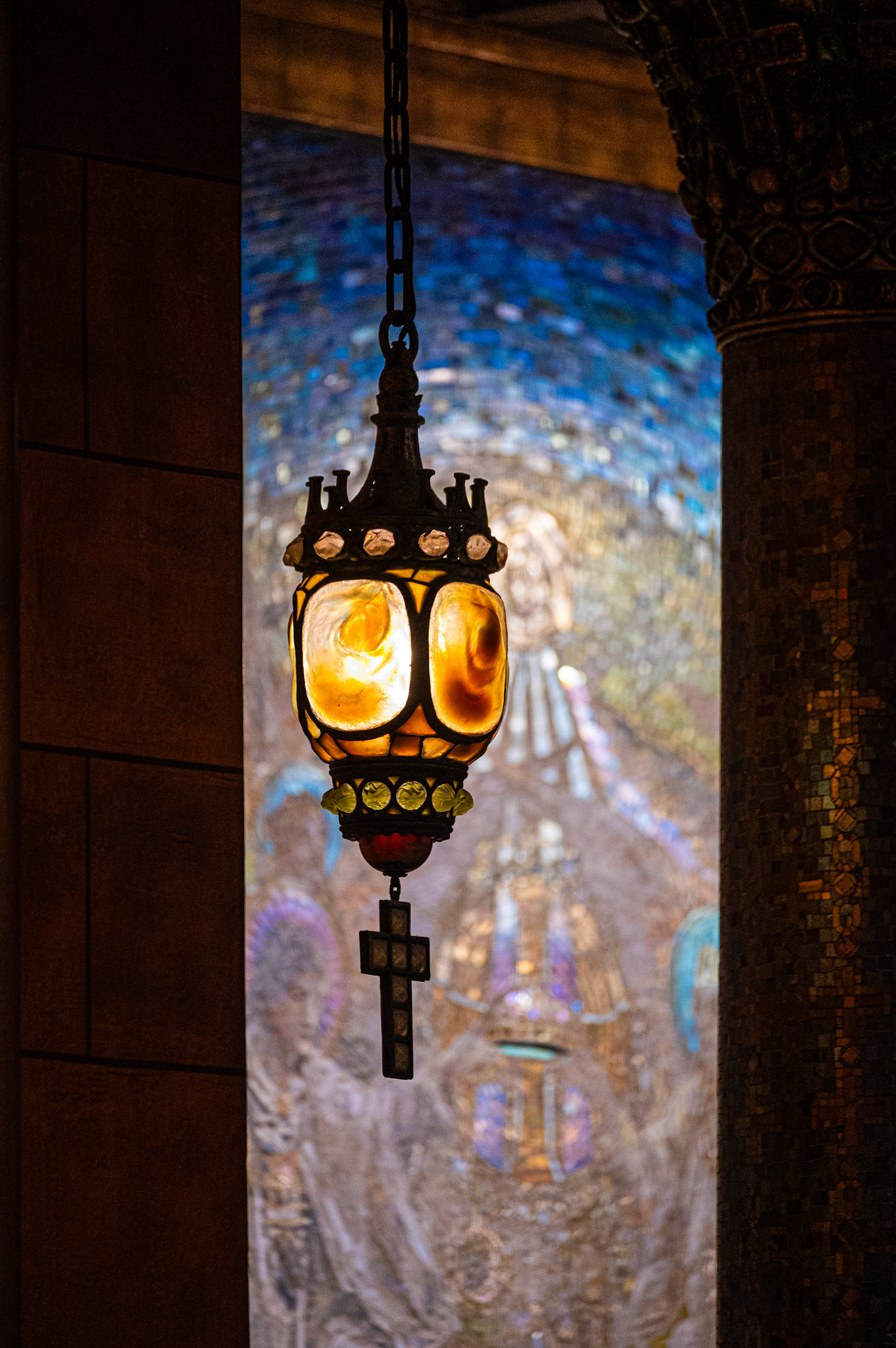
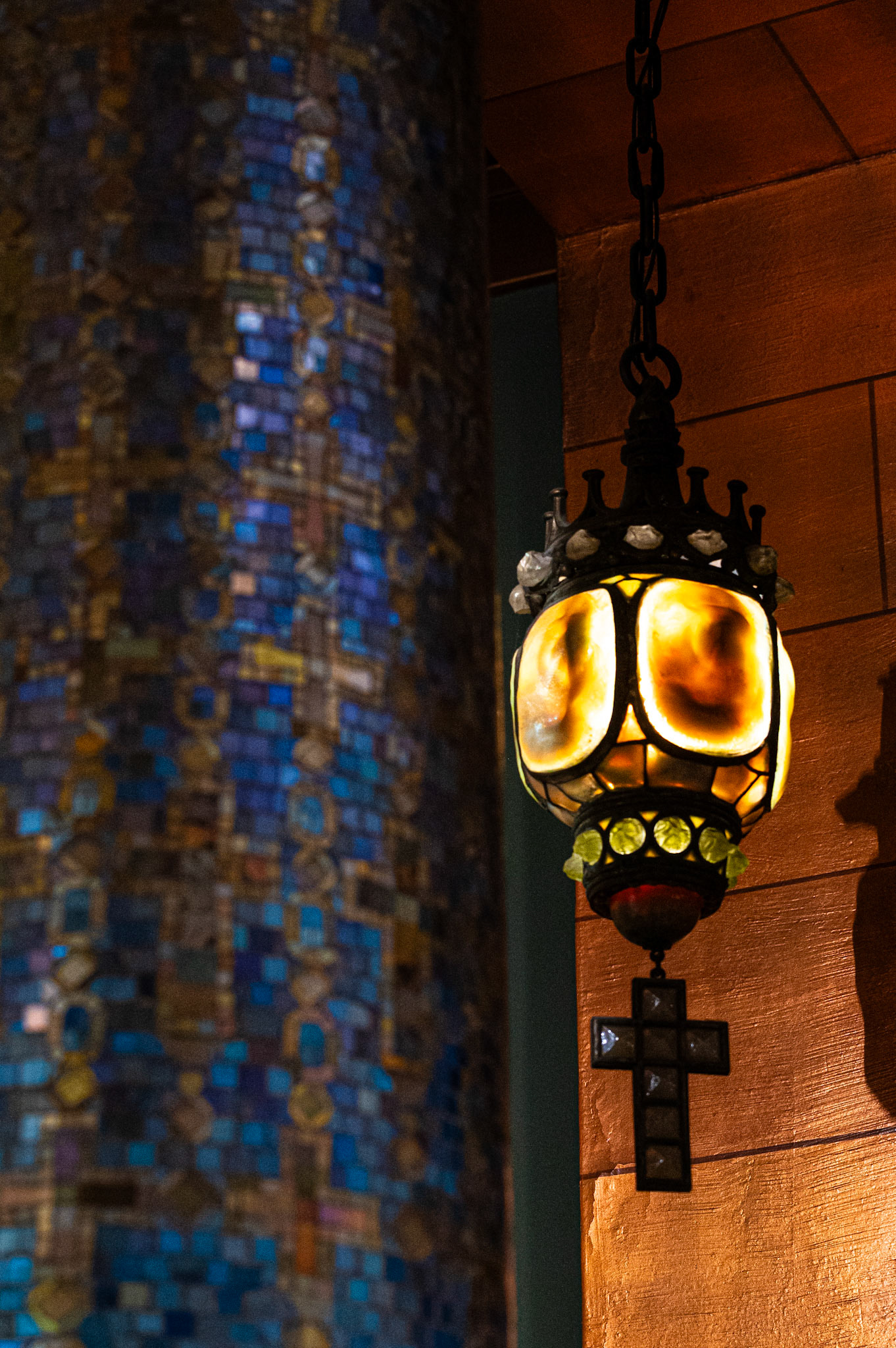
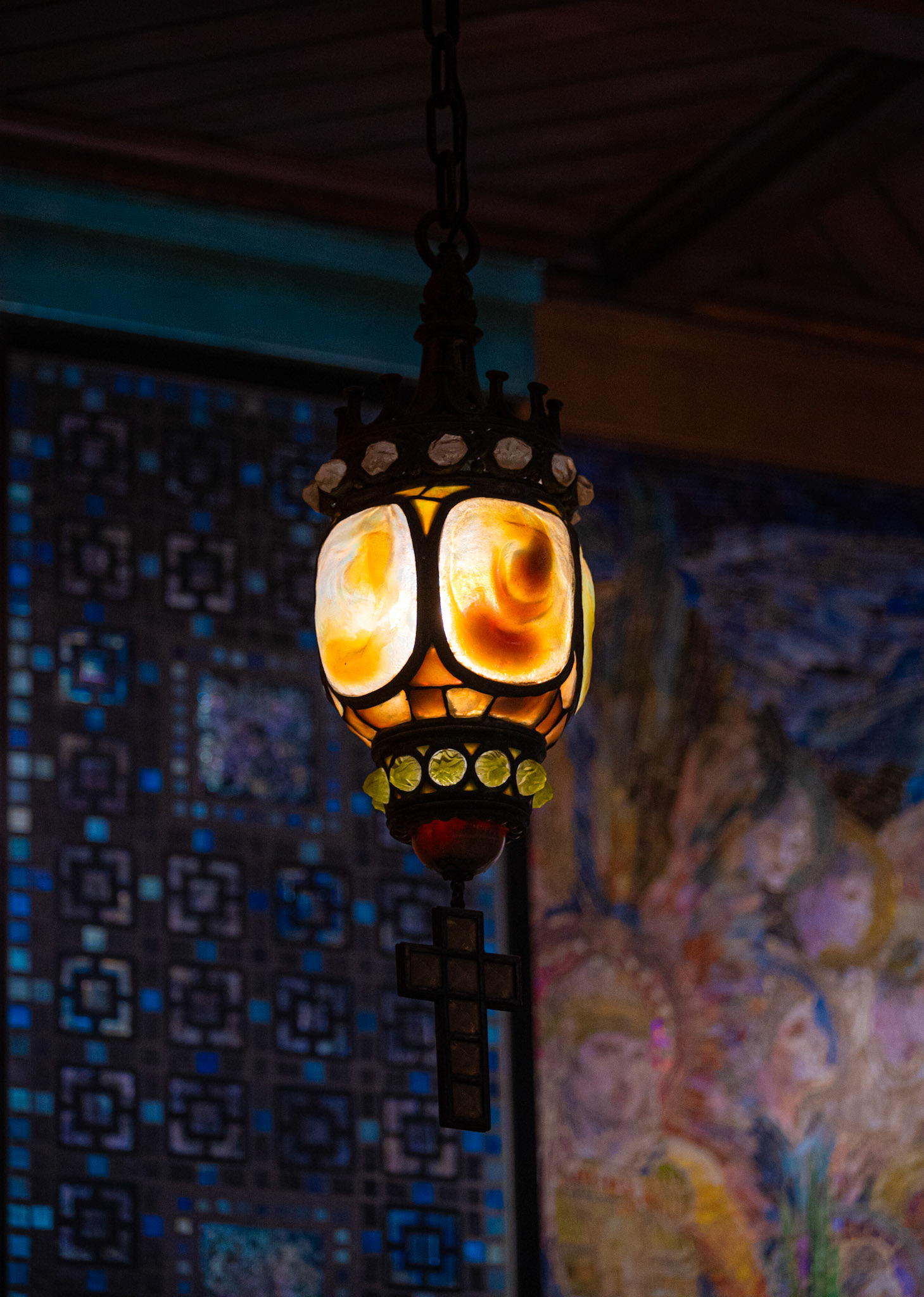
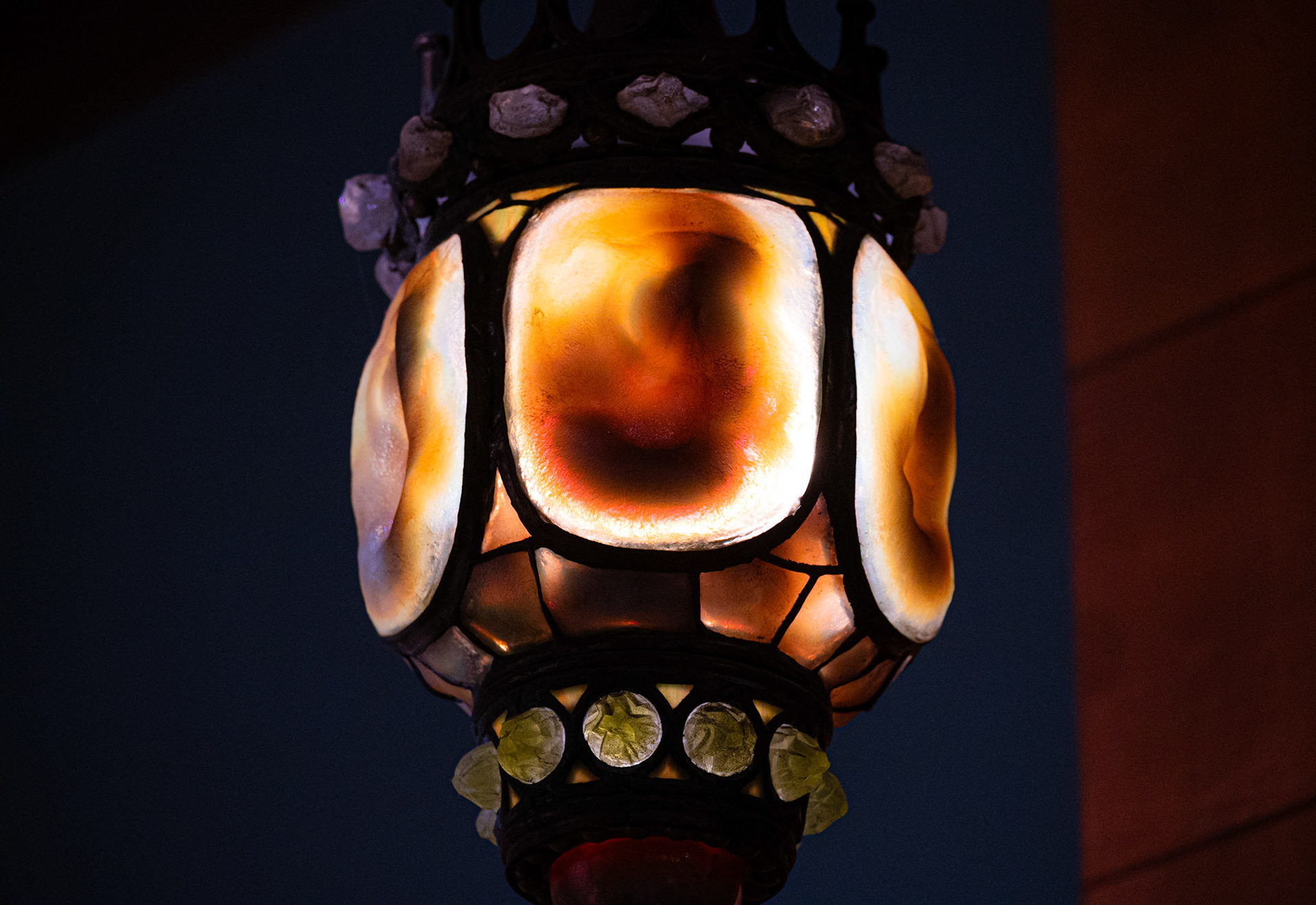


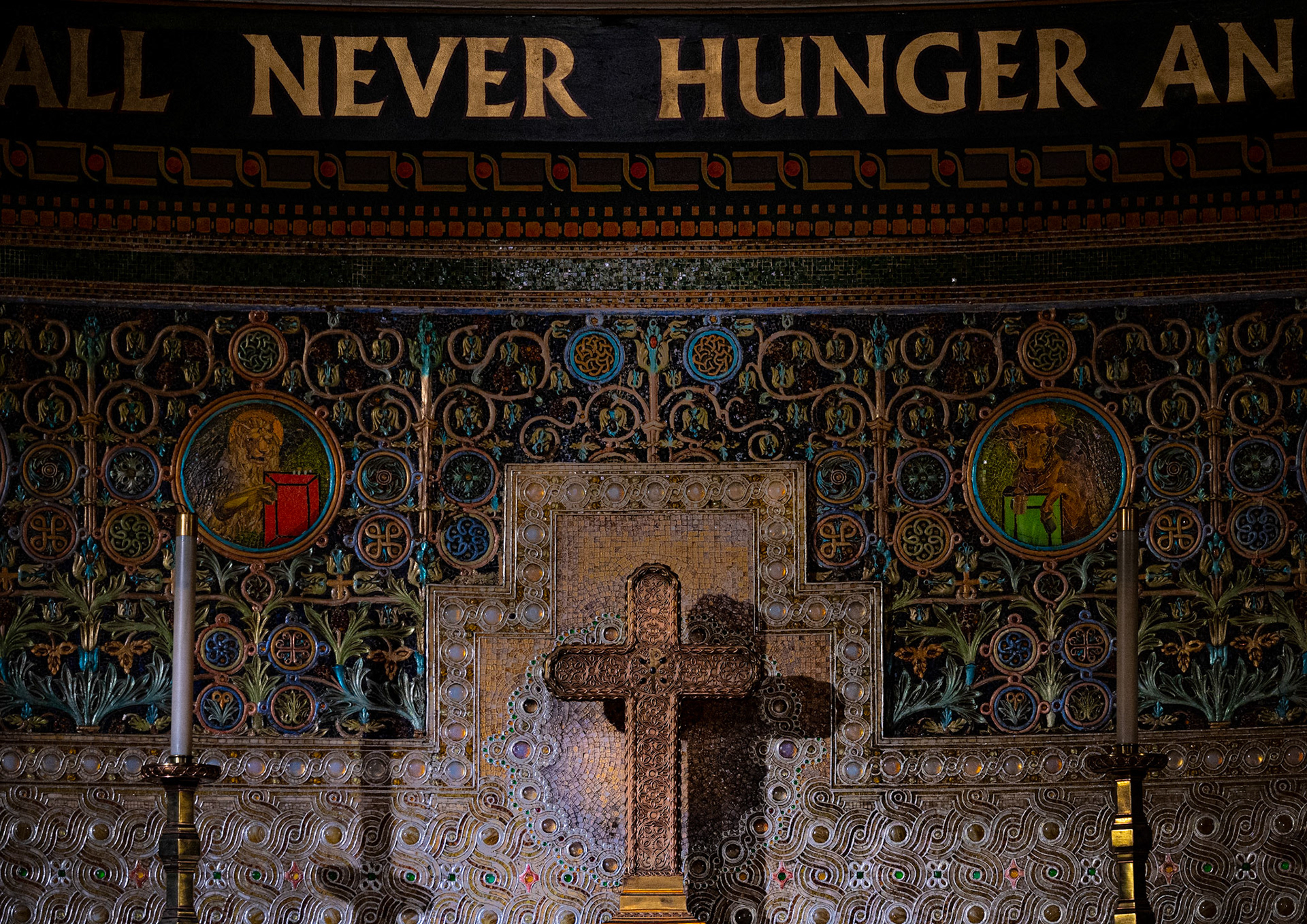

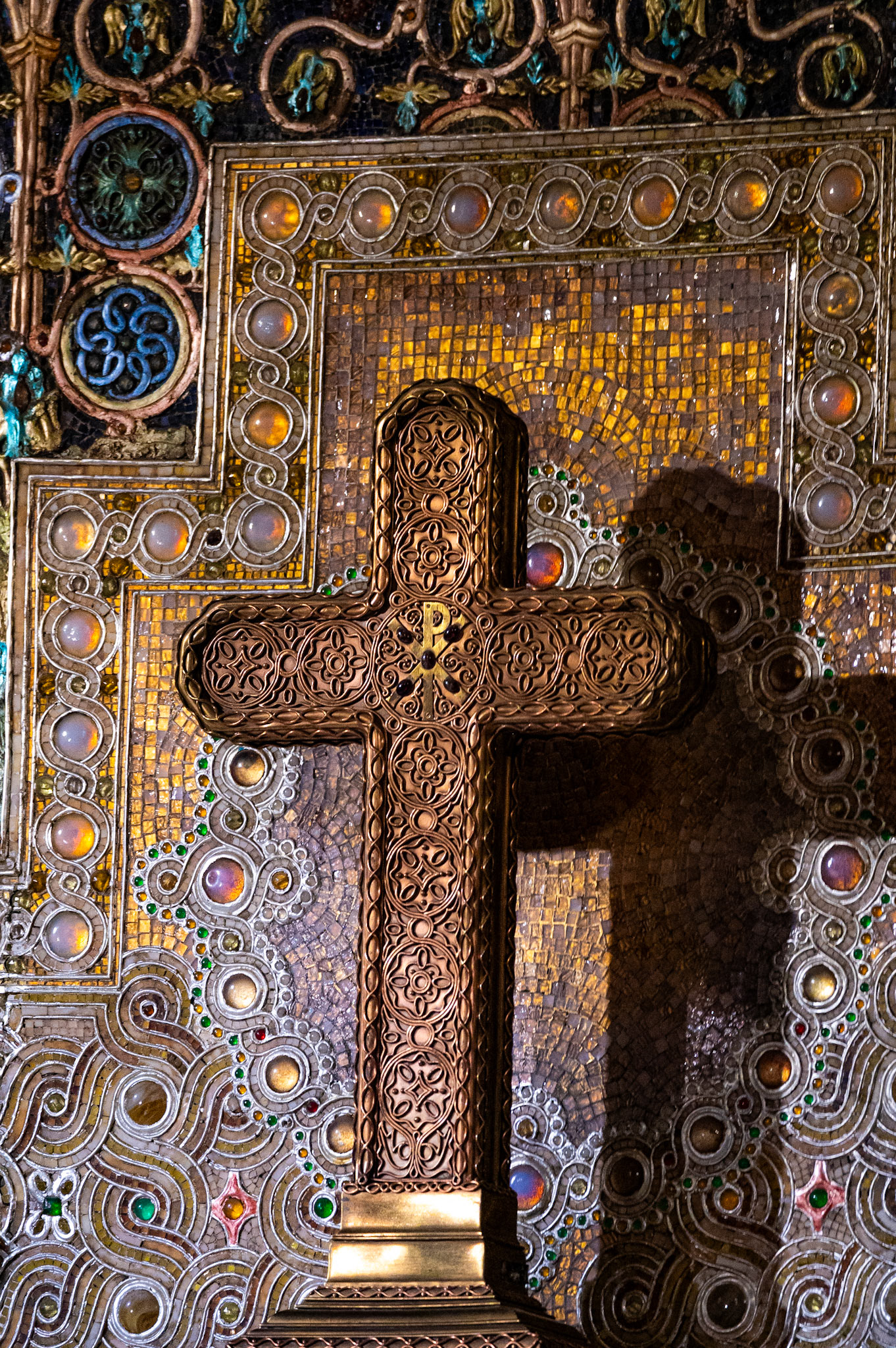

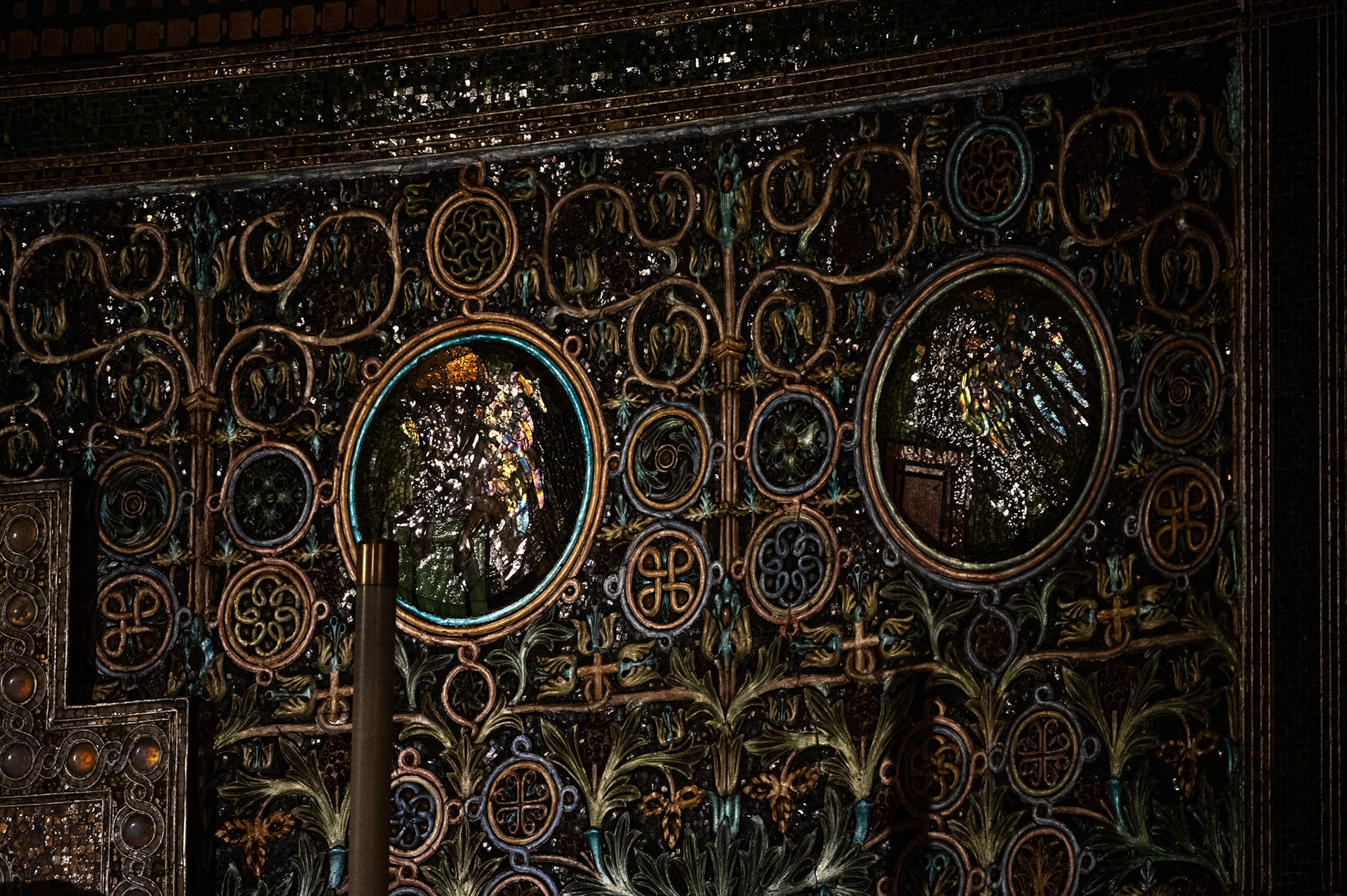
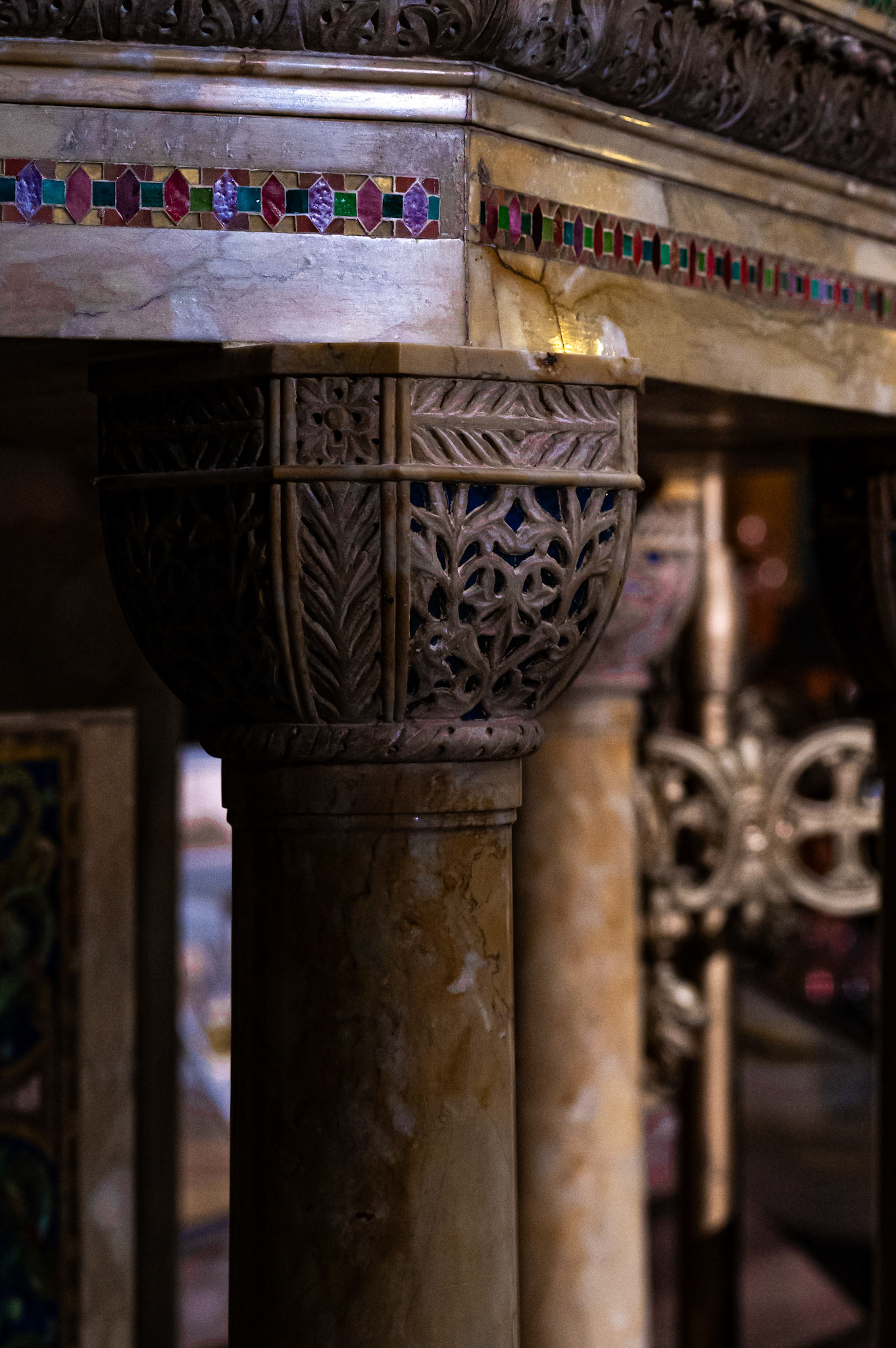
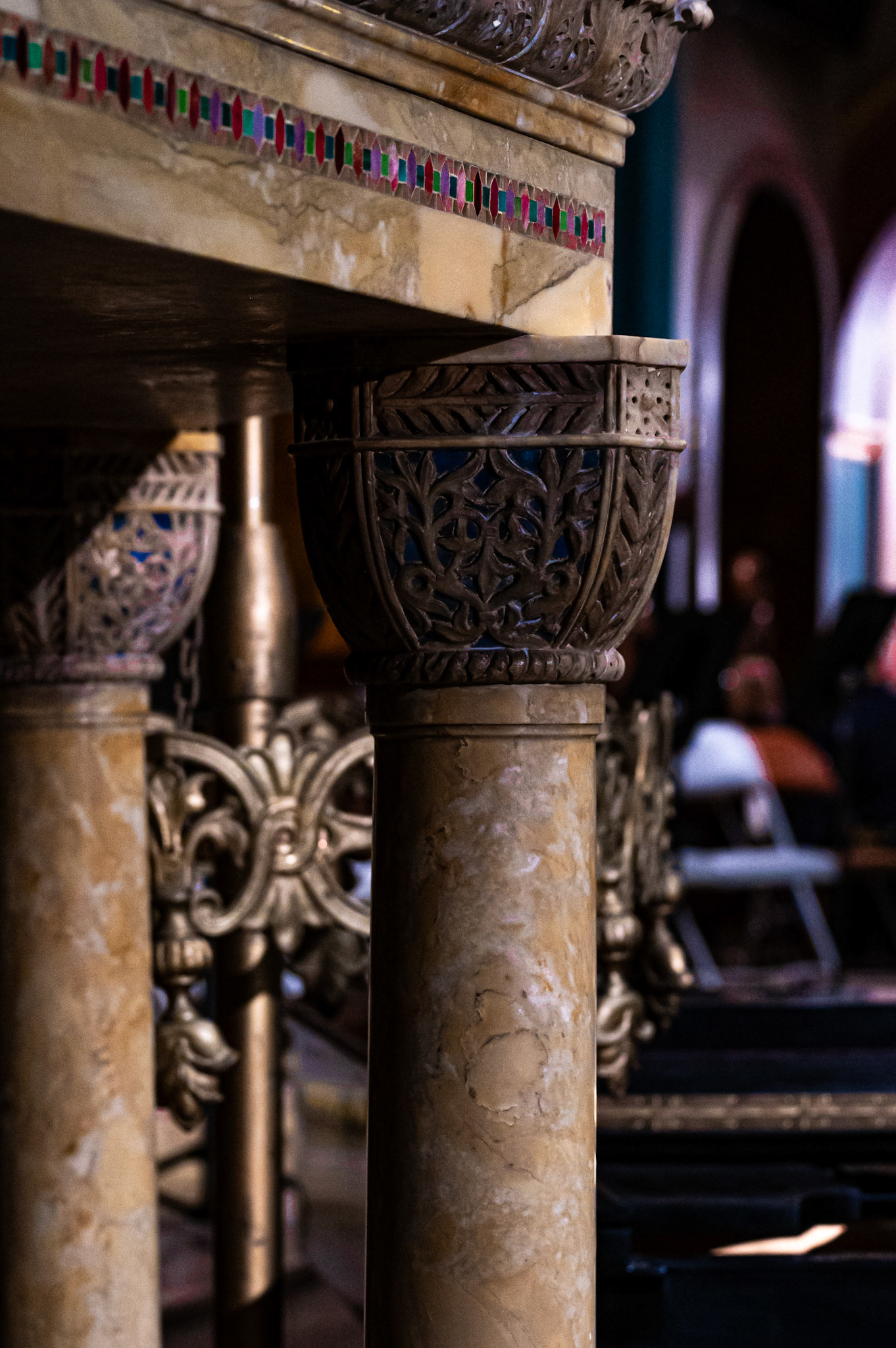
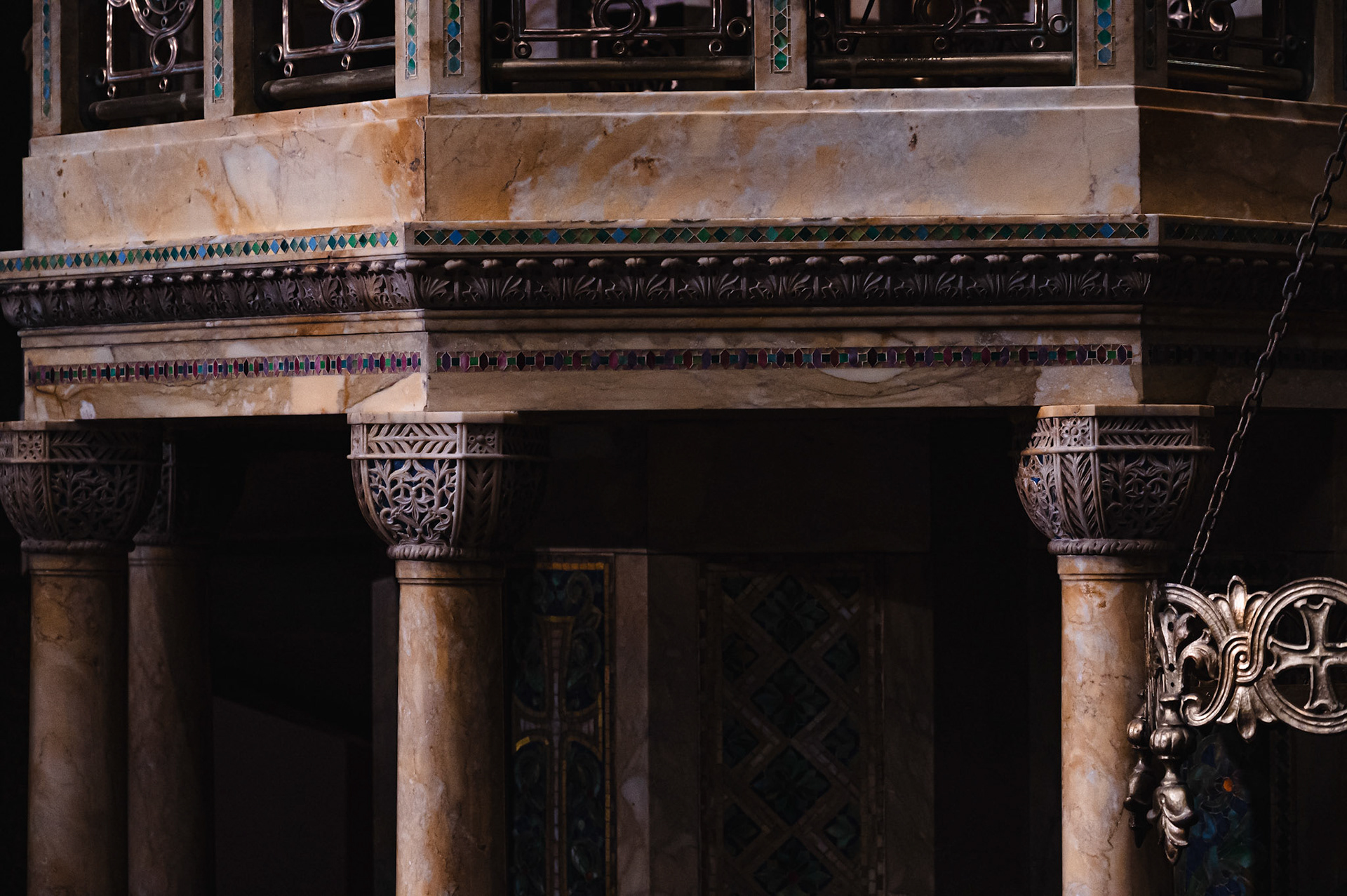

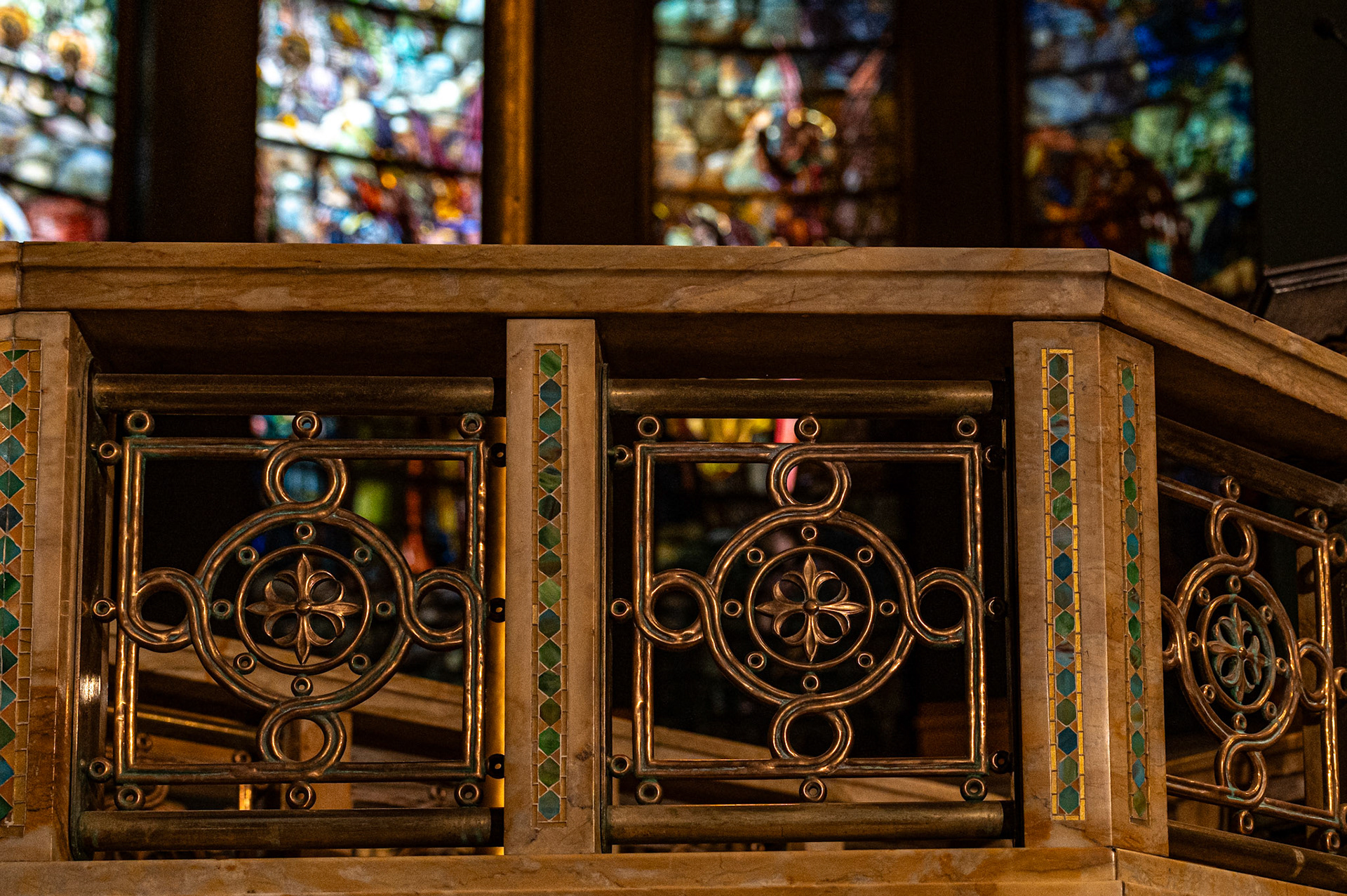
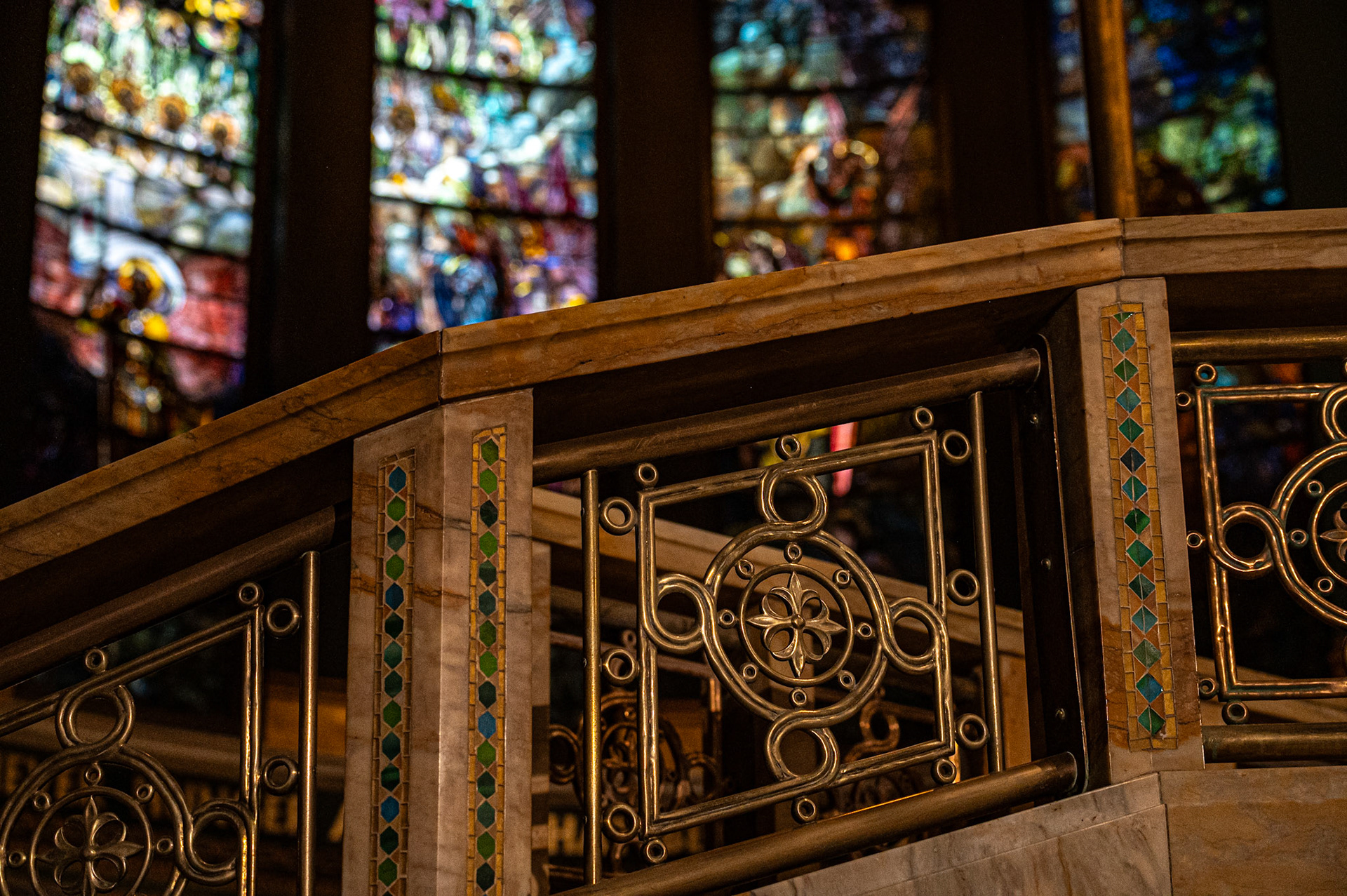

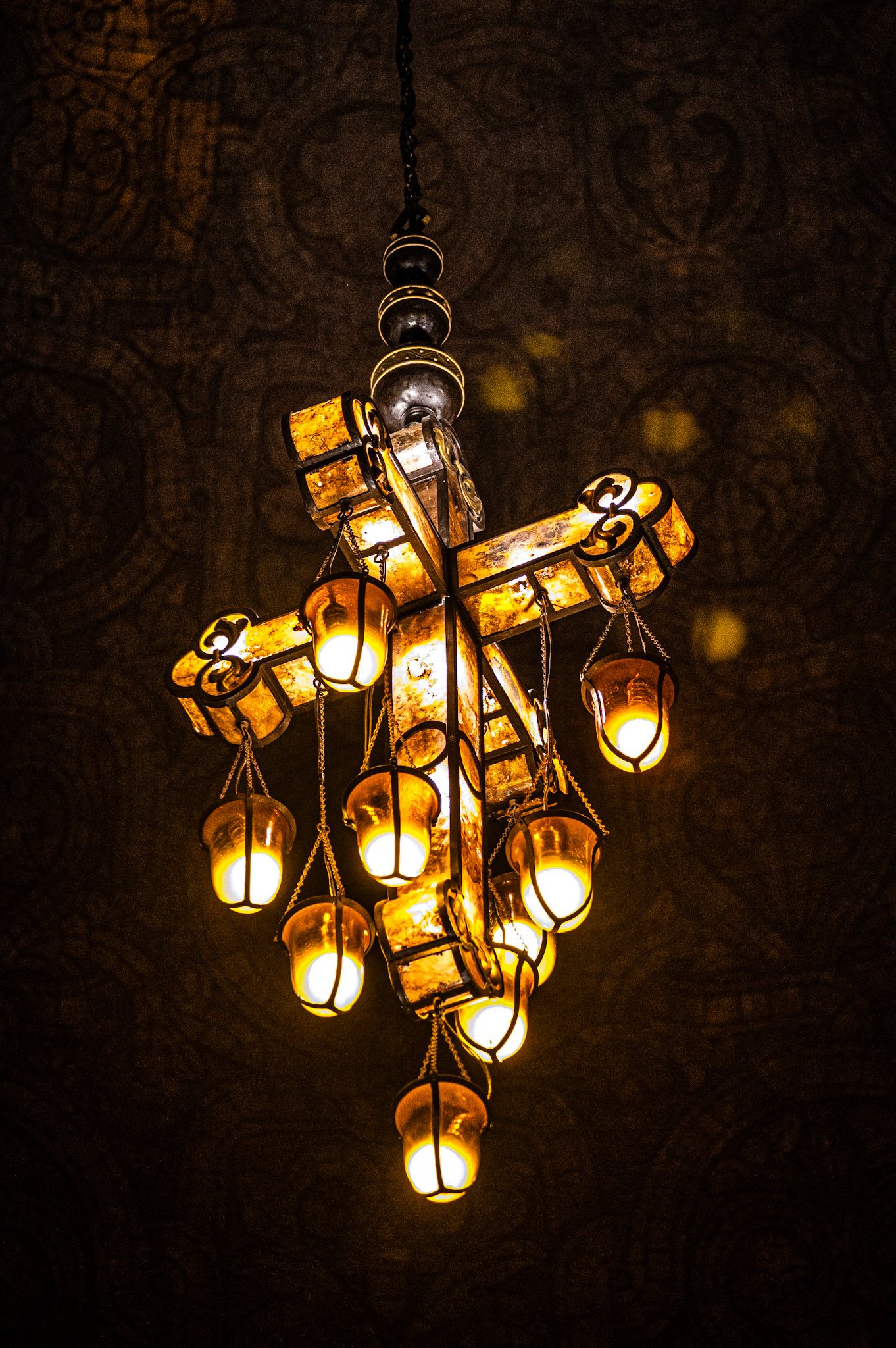

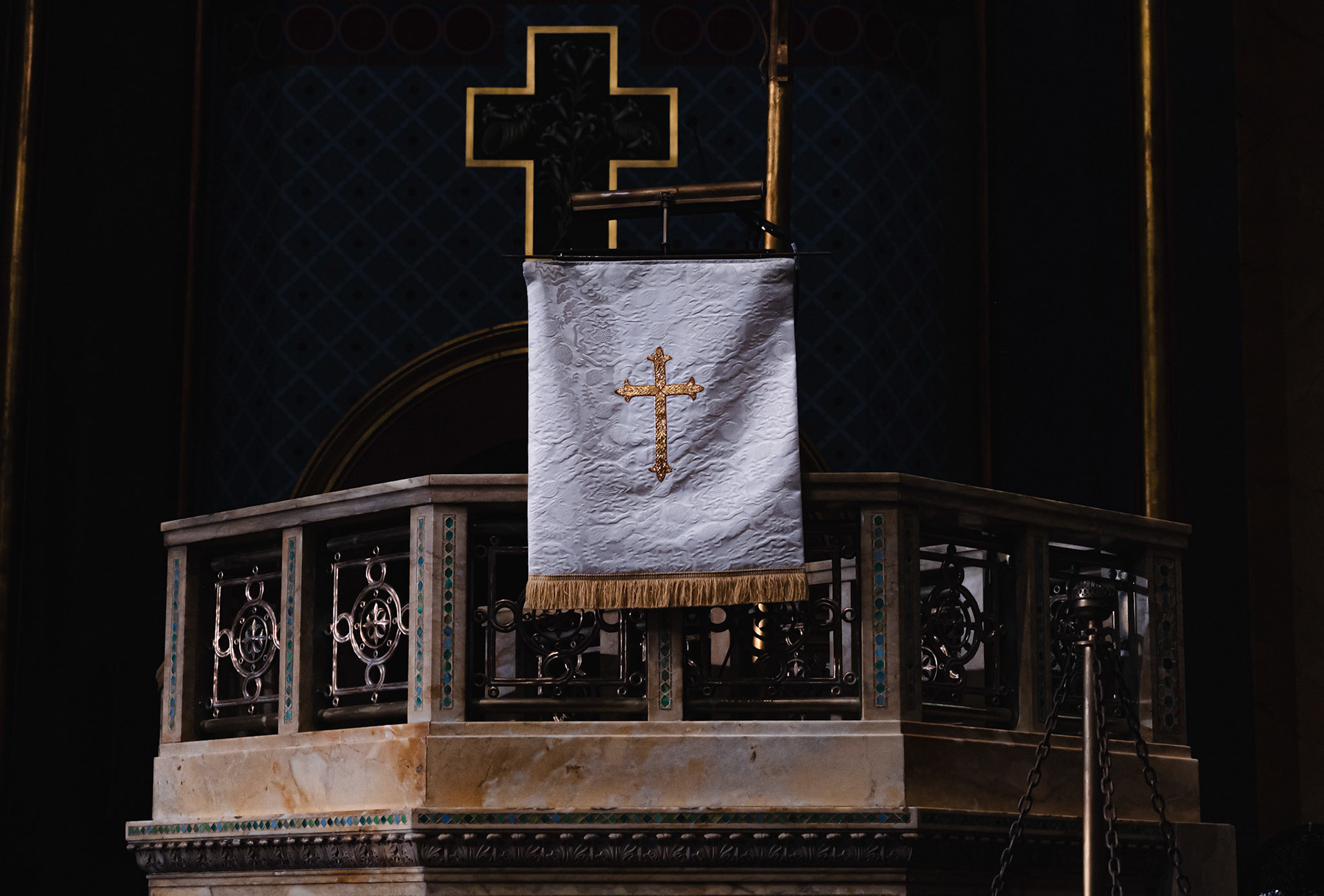
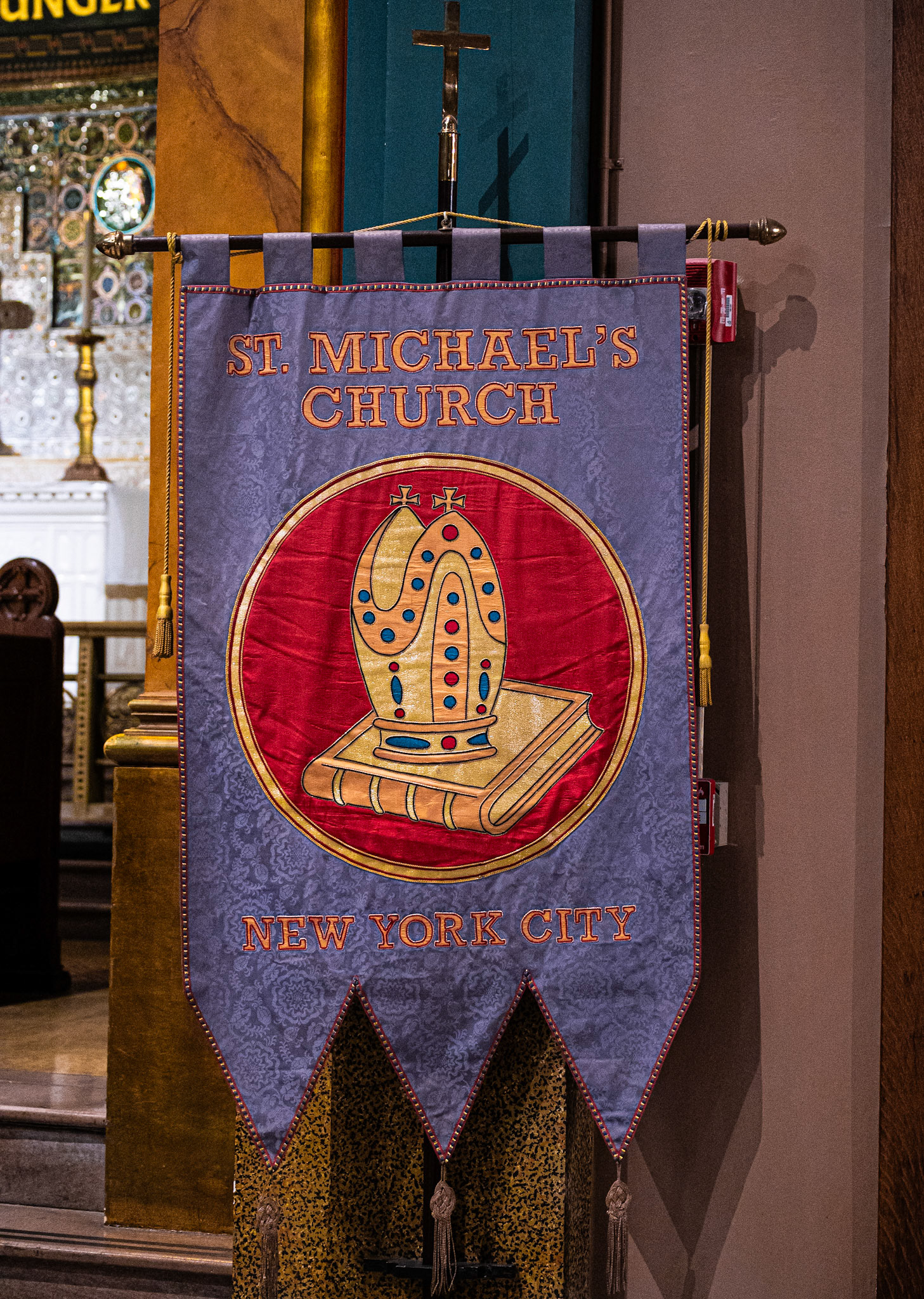
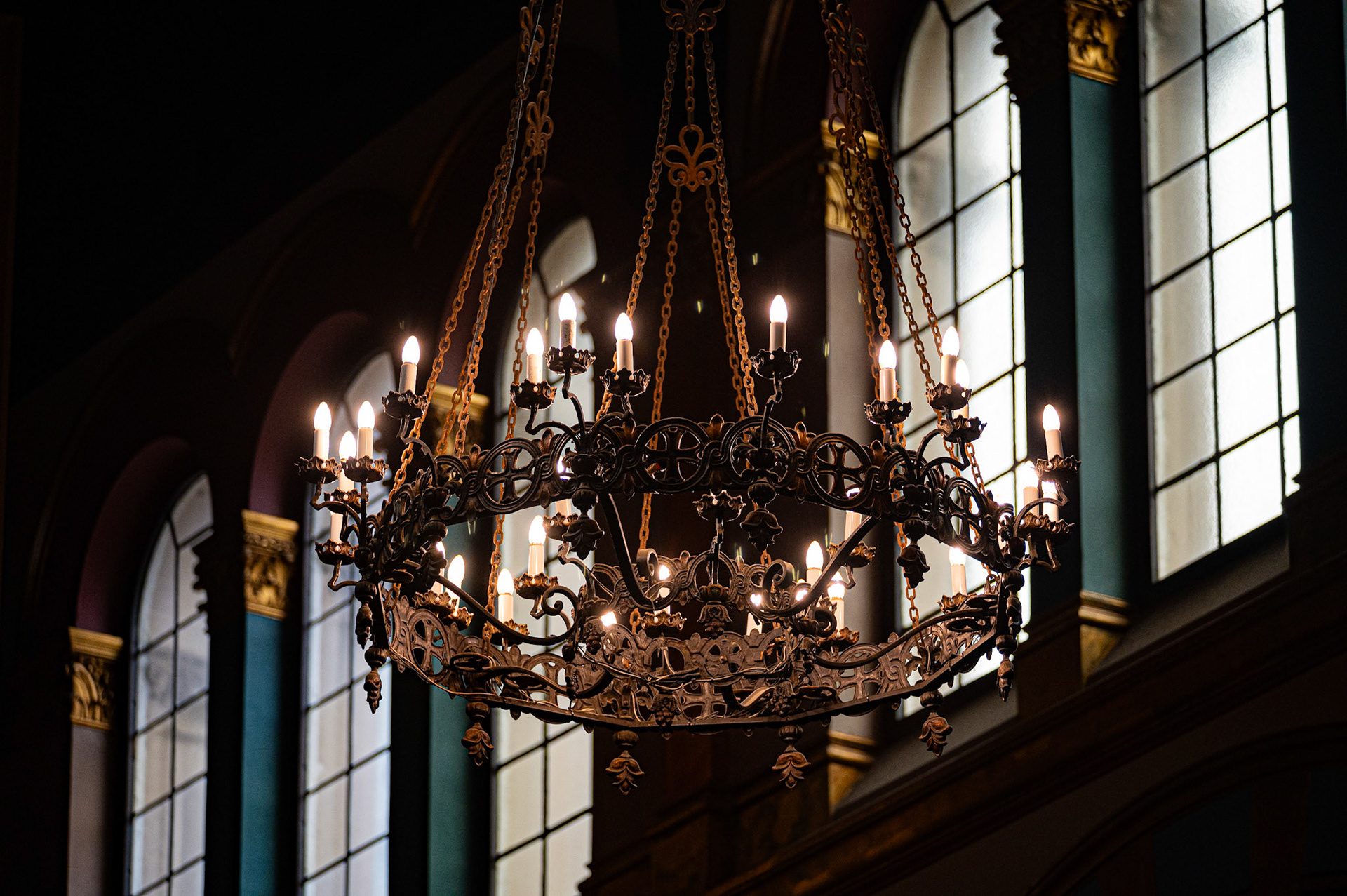


From the 1896 Parish Yearbook by Charles Caryl Coleman (Caryl opened the church department of the Tiffany Company in New York in 1889 and operated it for 10 years)
There is no longer a question as to the legitimacy of using the fine arts in the embellishment of God's house, as aids to devotion. It is possible that in the past the employment of beauty as an accessory to religion, as a handmaiden in the cause of Christ may have been abused, but surely an abuse which is dependent upon a wrong use is no reason for prohibition. Implant in the mind of man right principles of action, and abuses of all kinds will largely cease.
So firmly has the love of the beautiful taken possession of the cultured people of our day, that it is permeating every walk and state of life. It has even mastered those sects who, in the past, made it a point to exclude from their houses of worship everything that had the slightest suggestion of the beautiful.
The devotional value of ornaments, sculptures and pictures is exemplified in the decoration of the sanctuary of St. Michael's Church, for it is hardly possible to stand in the nave and look toward the altar, and at the same time remain unmoved by the seven great windows of the apse.

